Every Sparks Album, Ranked
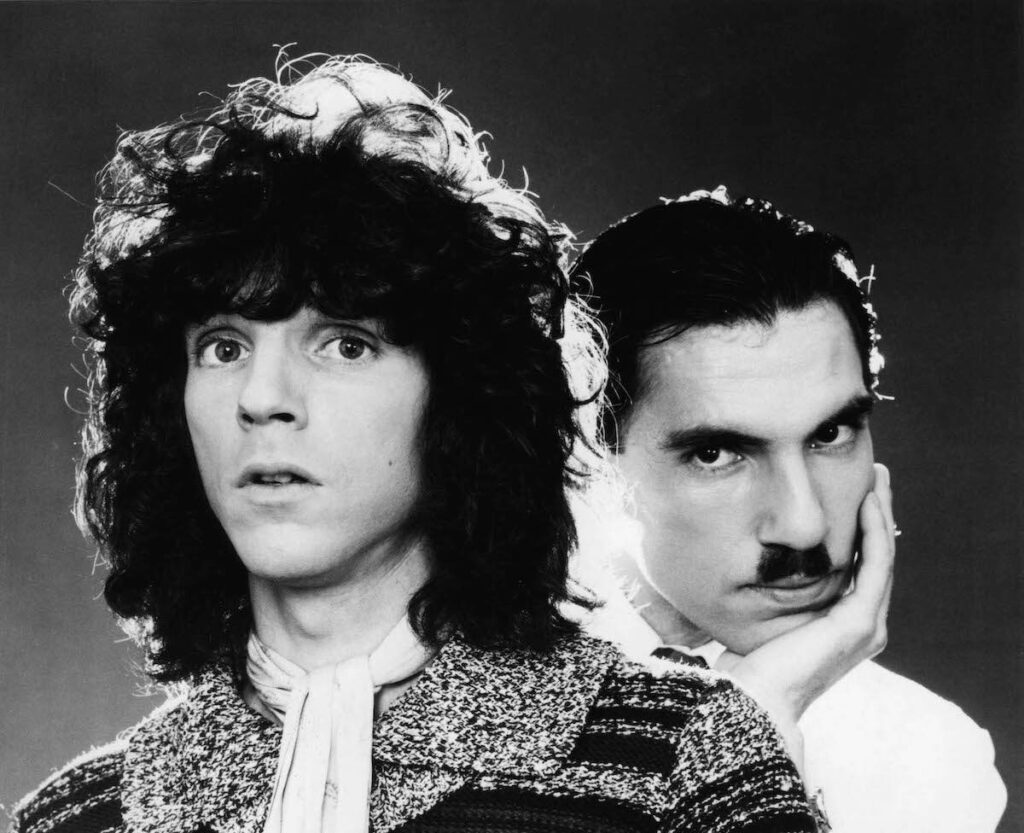
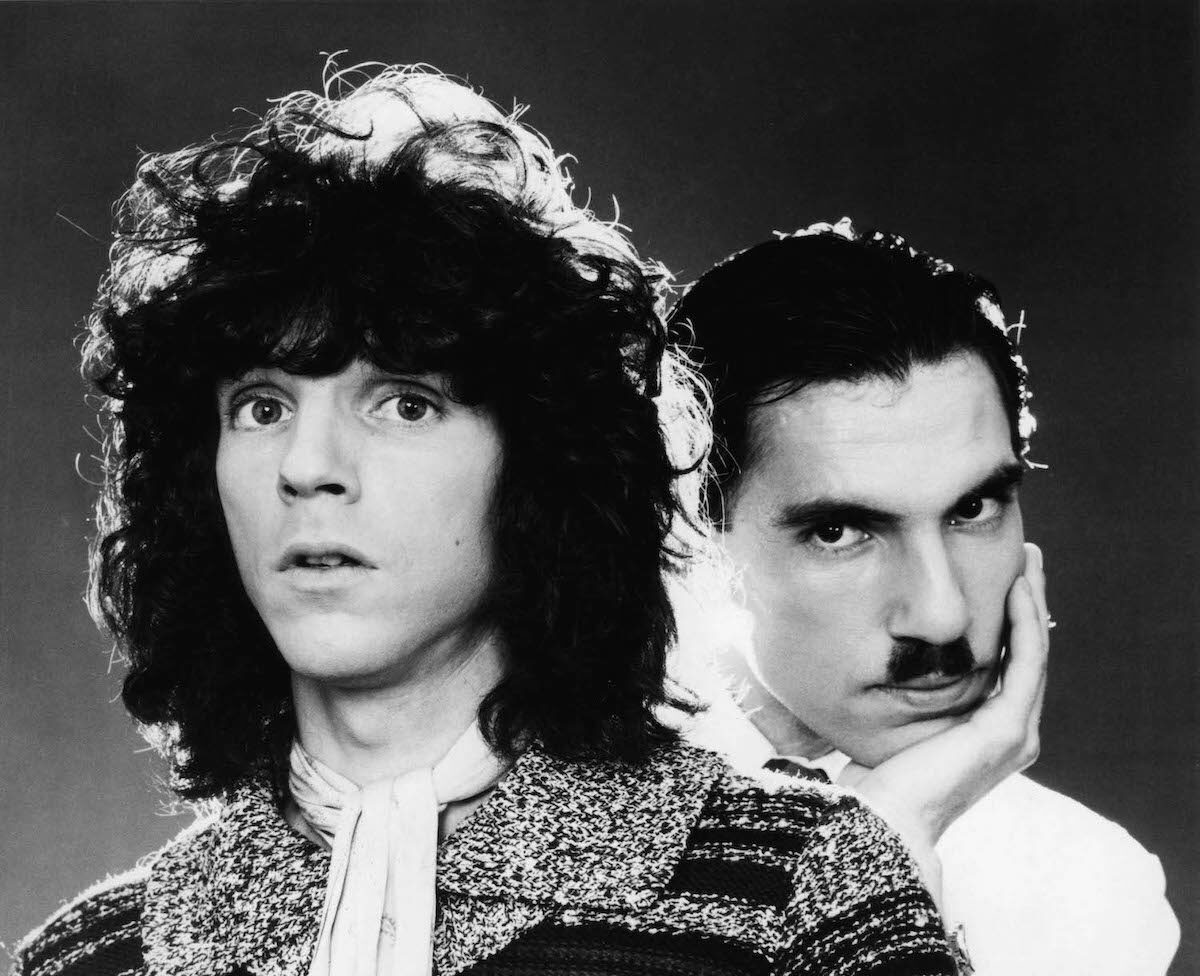
Your average cult band might make a handful of great, overlooked albums, split up in frustration, and eventually reunite to play for big festival crowds after the world belatedly begins to appreciate their brilliance. But Sparks, the band founded by Los Angeles brothers Ron and Russell Mael in the early-’70s, has stuck it out for more than five decades without the kind of “commercial” success that usually motivates a band to stay together for half a century. With Russell singing Ron’s acerbic and sometimes absurd lyrics in an animated, octave-jumping voice, Sparks have become art rock icons through sheer tenacity and restless reinvention.
The geographically and musically nomadic Mael brothers have lived nine lives, becoming key players in glam rock, new wave, and synth pop, and influencing multiple generations of punk, Britpop, and indie rock bands. They found their biggest success in the U.K. in the mid-’70s, but at different points over the years they’ve been embraced as hitmakers in France, Germany, and even back at home in the States.
More from Spin:
- Lizzo is Outloud and Proud
- With New Book, AJR’s Adam Met Inspires Readers to Make the World a Better Place
- Drake, PARTYNEXTDOOR Bringing ‘Sexy’ To Europe
Hit singles like “This Town Ain’t Big Enough For Both of Us,” “The Number One Song in Heaven,” “Cool Places,” and “When Do I Get To Sing ‘My Way’” have helped Sparks build a loyal fanbase over the years, but it was ultimately two award-winning 2021 films that have helped make Sparks more popular now than ever before. Edgar Wright interviewed the band and many of their celebrity admirers for the career-spanning documentary The Sparks Brothers. And the Maels collaborated with French director Leos Carax on Annette, a surreal and darkly hilarious musical starring Adam Driver and Marion Cotillard.
The 28th Sparks studio album, MAD!, was released in May, quickly becoming one of the highest-charting records of the band’s long career, and the Mael brothers recently spoke with SPIN about how their familial bond informs their collaborative relationship. Here’s a look back at every release by “the best British group to ever come out of America,” as poet Tosh Berman called them in The Sparks Brothers.
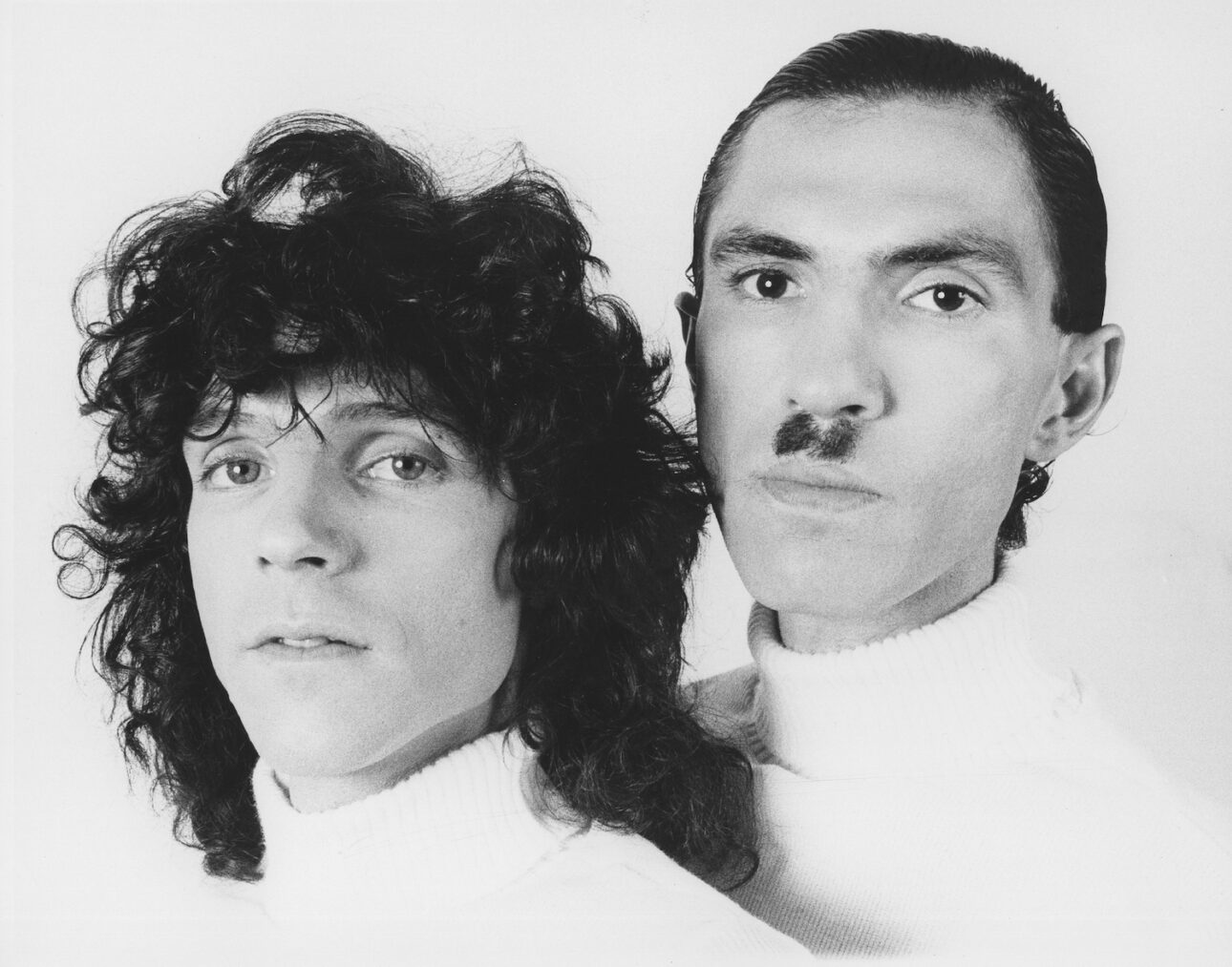
29. Pulling Rabbits Out of a Hat (1984)
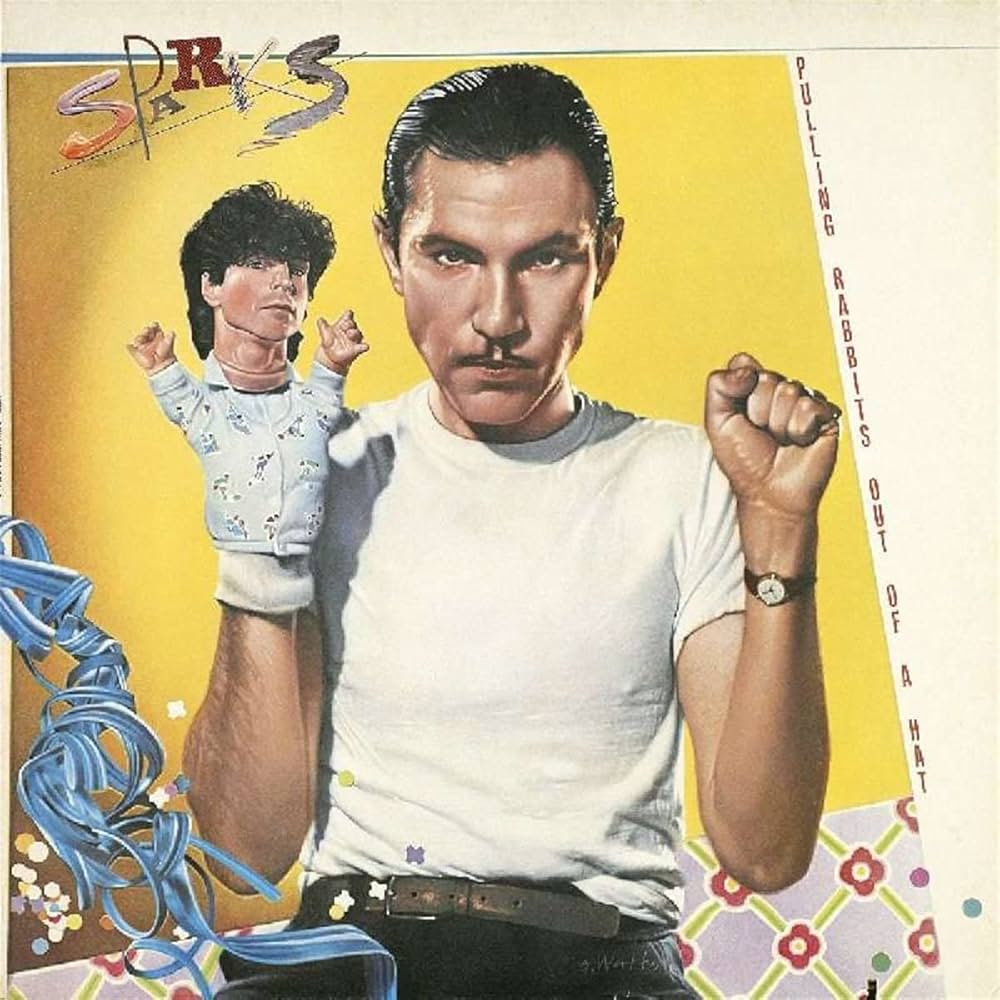
Sparks is not the only band in which one member writes most of the lyrics and another member sings them. They are, however, probably the only band to comment on that dynamic with an album cover that depicts the singer as a literal puppet of the lyricist. Pulling Rabbits Out of a Hat was released the same year as Devo’s Shout, another album in which a band that usually did unique and exciting things with synthesizers was beginning to sound like every other bland synth pop act. Still, Ron Mael’s unique sense of humor at least comes through in the lyrics of “A Song That Sings Itself” and the minor dance chart hit “Pretending To Be Drunk.”
28. Balls (2000)
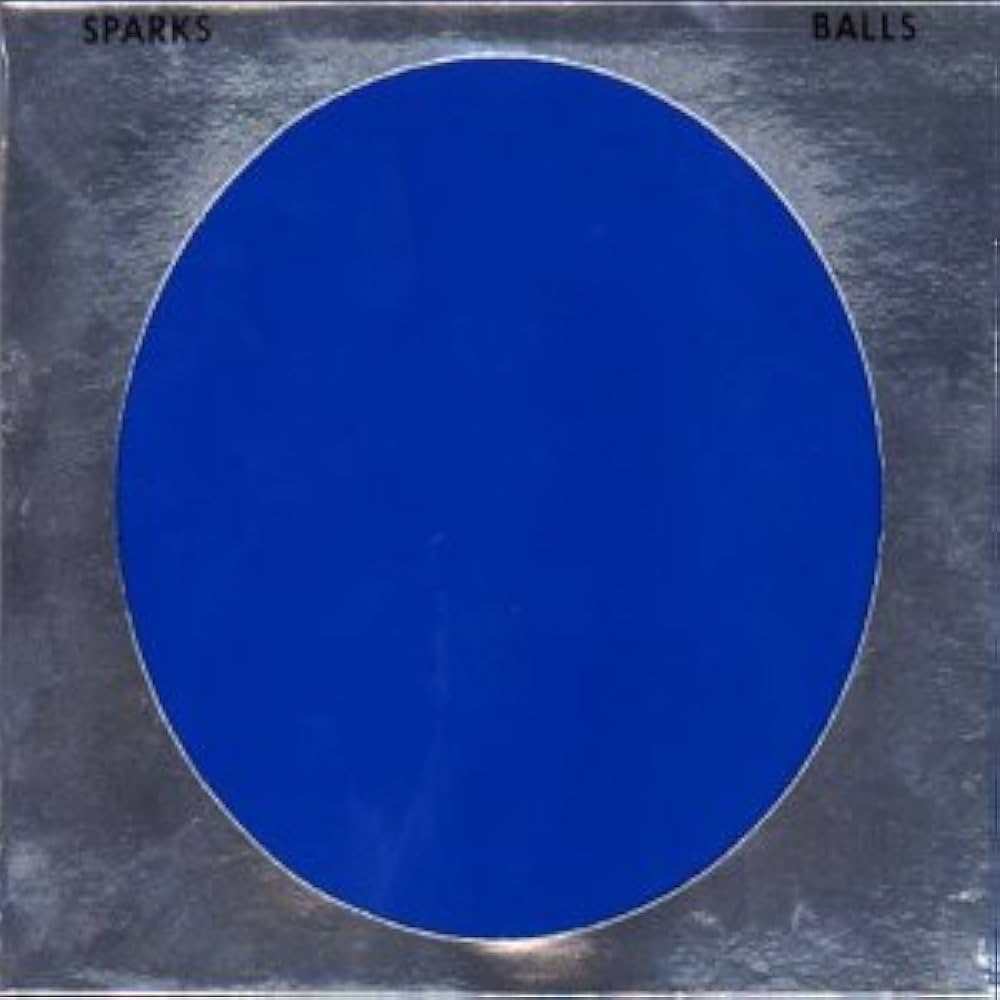
After releasing only one album of new material in the 1990s, Balls was the beginning of a renewed prolific streak for Sparks, but it was an inauspicious start. As you might guess from the title, Balls is even more knowingly silly than the average Sparks album, and features some of the most generic beats of their dance pop era. There’s at least a droll charm in “How To Get Your Ass Kicked” and “It’s a Knockoff.” Balls was the first of several Sparks albums to feature drummer Tammy Glover, who’d go on to become a successful TV executive and producer at networks including Comedy Central and TNT. “Alternately excellent, kitschy and lackluster, Balls is an album of stealth experiments that only these boys could attempt,” Jianda Johnson wrote in the SonicNet review of the album.
27. Interior Design (1988)
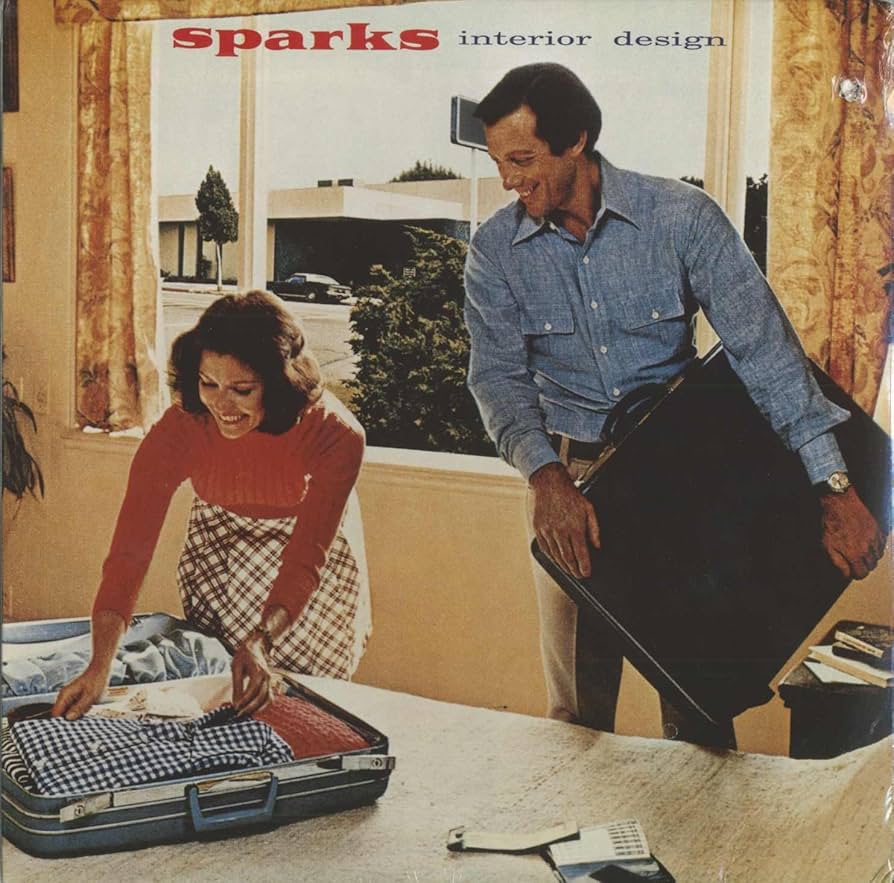
In the late ’80s, the stalwart reissue label Rhino Records started to move into releasing new music for the first time, signing acts like Gene Clark of the Byrds, the cowpunk band Rank and File, and Sparks. Interior Design was the first Sparks album that the band self-produced in Russell Mael’s home studio, a practice that would allow them greater creative freedom and autonomy on many future albums. Interior Design itself isn’t much of an artistic breakthrough, though, just a bit more guitar-heavy than their other ’80s records. Little on the album is memorable besides the closing track “Madonna,” a far-fetched tale of a one night stand with the Queen of Pop. Sparks wouldn’t release another album for six years as the Maels turned their focus to film, unsuccessfully attempting to get a musical adaptation of the Japanese manga Mai, the Psychic Girl produced with director Tim Burton.
26. Plagiarism (1997)
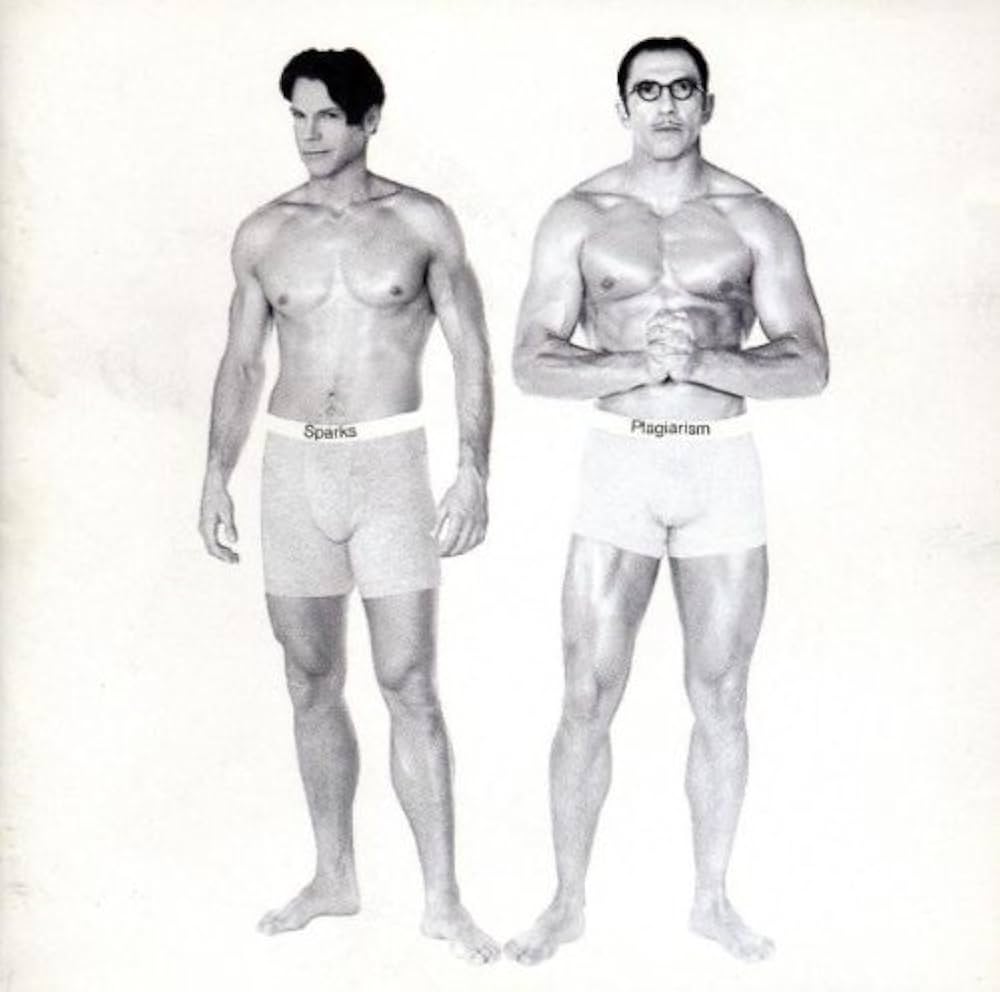
After the runaway success of 1994’s Gratuitous Sax & Senseless Violins in Germany, Sparks signed to a German subsidiary of Virgin Records and attempted to expose new fans to their earlier work with an album of re-recorded Sparks oldies. For a few tracks, Sparks collaborated with artists they’d influenced, and the two songs featuring Faith No More make it suddenly very obvious just how much Mike Patton’s fearless and uninhibited vocal style owes to Russell Mael. But Plagiarism is a largely underwhelming stopgap project, especially considering it’s only the second time Sparks worked with the great British producer Tony Visconti, and it feels like a squandered opportunity to do something more original.
25. Music That You Can Dance To (1986)
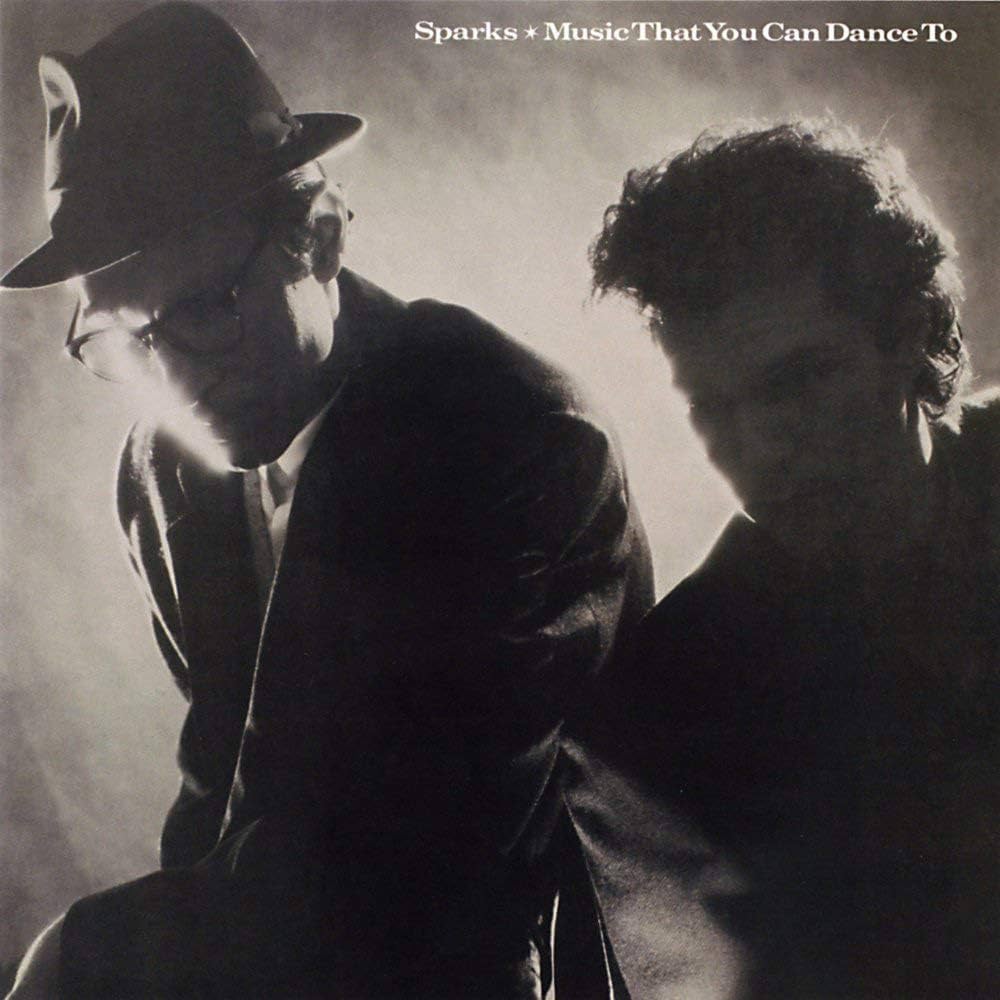
Some of the songs on Music That You Can Dance To, including the title track, are about as straightforward and club-ready as the name suggests. But the band’s wilder instincts occasionally take over on noisy, disjointed tracks like “The Scene” and the minor U.K. chart hit “Change,” as if a more interesting album was struggling to break through and didn’t quite get there. Ron Mael delivers the spoken verses on “Shopping Mall of Love,” and in later years the song has become a live staple and the band’s primary lyricist’s customary moment on the mic. “It doesn’t take much to understand Sparks’ sense of humor, but that just isn’t enough to make up for the lack of anything else. I know that at one time they were considered rather avant-garde, but now they seem stuck in the techno-pop of years past,” Anita Sarko wrote in the SPIN review of Music That You Can Dance To.
24. Exotic Creatures of the Deep (2008)
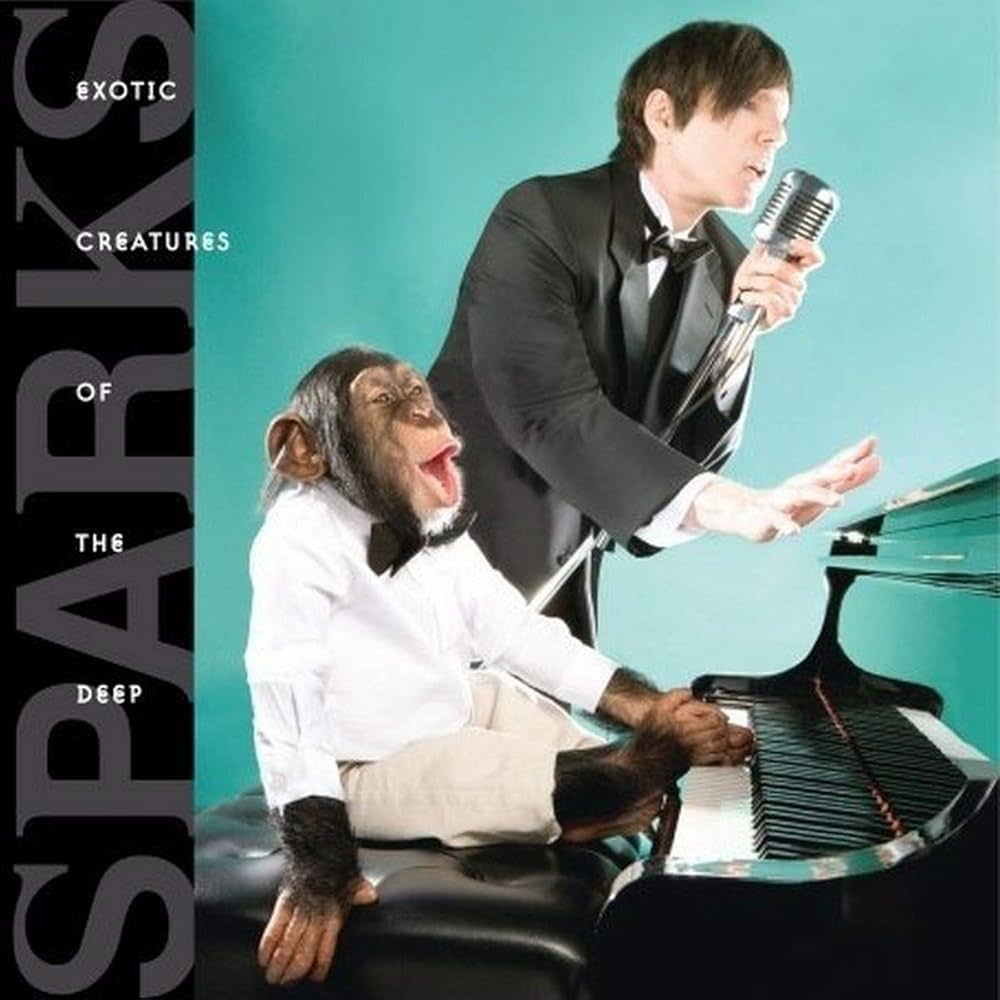
Sparks began to really celebrate their remarkable longevity in 2007 with the BBC Radio 6 documentary This Town Ain’t Big Enough for Both of Us – The Story of Sparks. For a 2008 series of London concerts dubbed the “Sparks Spectacular,” the band played each of its first 20 albums in its entirety, culminating in the debut of its 21st album. Unfortunately, Exotic Creatures of the Deep was not one of their best, with repetitive 6-minute songs like “Strange Animal” and “Likeable” that wear out their welcome. Longtime Sparks fan Morrissey took no offense at being playfully referenced on the single “Lighten Up, Morrissey,” even incorporating a clip of the song into his concerts. He fell out with the band later on, however, after Russell Mael criticized the Smiths frontman’s controversial right wing politics in 2018.
23. Big Beat (1976)
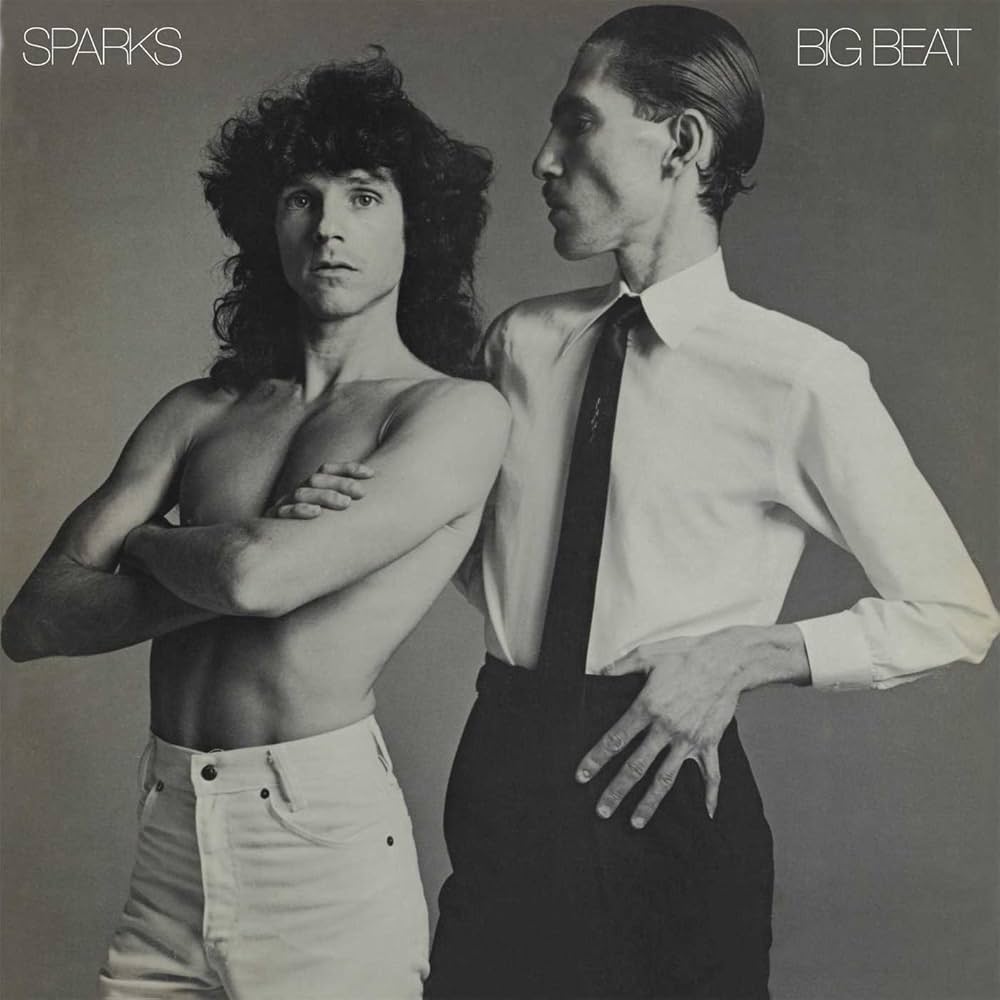
After a few years in the U.K., the Mael brothers returned to America and signed to Columbia Records, recording Big Beat in New York with members of the lesser known CBGBs bands Tuff Darts and Milk ‘N’ Cookies. Russell Mael’s vocal style is far too theatrical for Big Beat to really come across as a punk rock record, but Sparks leaned into meat-and-potatoes riff rock and bluntly direct lyrics on “Big Boy” and “Everybody’s Stupid.” England stopped paying attention to Sparks after they left the country, but America wasn’t interested yet either, and Big Beat was the beginning of a lean period for the band.
22. Two Hands, One Mouth: Live in Europe (2013)

The Maels recorded a lot of music without a band before they actually played a concert as a duo for the first time in 2012, and this is the only Sparks live album features Ron and Russell unaccompanied, performing stripped down piano-and-vocals arrangements of songs from every era of their career. Surprisingly, the band’s club hits hold up pretty well without a dance beat. “Russell’s falsetto sounds slightly exposed at 57 as he vaults through Ron’s frenetic songs, and this raw format isn’t the easiest entry into Sparks’ world. But the long ovations show what these gigs meant to fans,” Nick Hasted wrote in the Louder Sound review of Two Hands, One Mouth.
21. The Seduction of Ingmar Bergman (2009)

Sweden has long loved Sparks—it was the only country in the world where Indiscreet was a Top 10 hit. And it was a great compliment that Sweden’s national public radio station, Sveriges Radio AB, entrusted the Maels with the task of composing a radio musical about one of the greatest artists the country has ever produced, filmmaker Ingmar Bergman. Of course, instead of making a straight-up biography, the Maels put their own imaginative twist on the idea, with a fictionalized story of Bergman going to Hollywood to make an English-language film. The result is an entertaining rock opera that draws on the Maels’ substantial experiences in balancing art with commerce, and the cultural differences between Europe and America. It was also a chance for the brothers to finally pull off a successful narrative musical work, a bridge between their unproduced Mai, the Psychic Girl film and their eventual triumph with Annette.
20. Terminal Jive (1980)
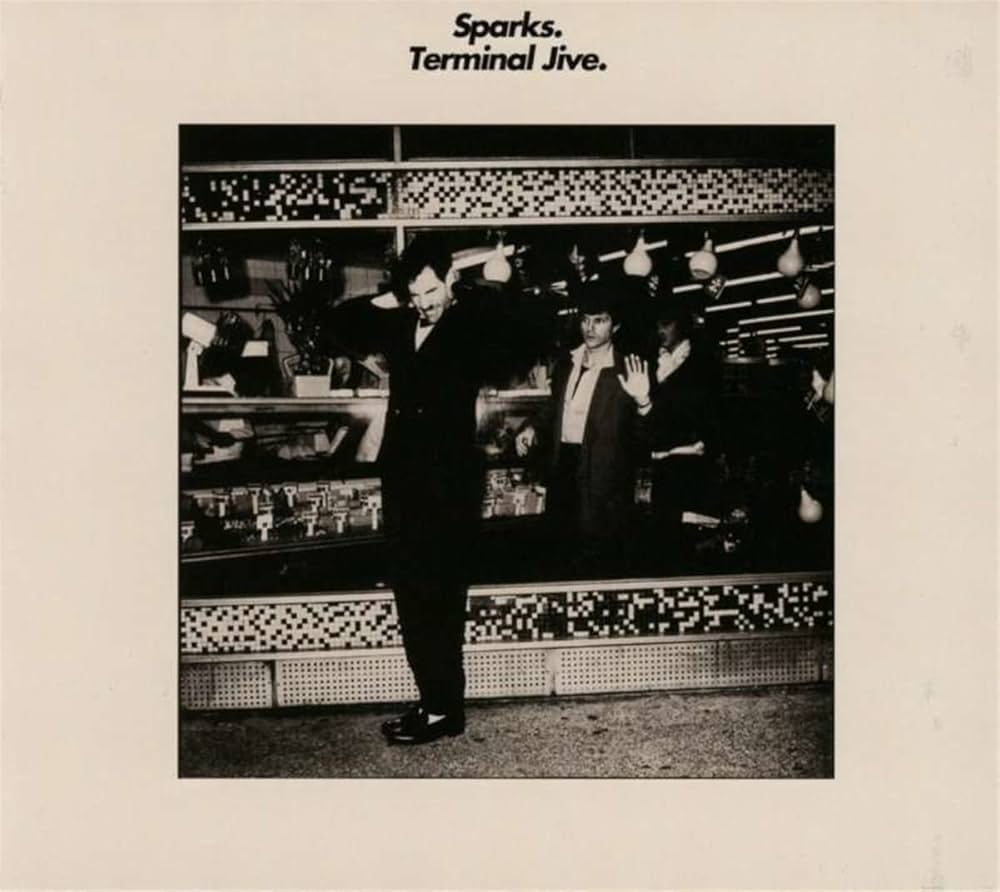
Synth pop duos that featured a charismatic lead singer alongside a stoic keyboardist, like the Pet Shop Boys, Soft Cell, and OMD, became a fixture on the British charts in the ’80s. And it’s hard not to see Sparks’s work at the beginning of the decade as an influential early template for those groups. After the success of the Giorgio Moroder-produced No. 1 in Heaven, Moroder didn’t have enough time to produce the entire follow-up himself, and got help on Terminal Jive from Harold Faltermeyer (best known for making the hit Beverly Hills Cop theme “Axel F” a few years later). “When I’m With You,” which topped the charts in France, was another triumph for the group, but Terminal Jive is one of the few Sparks albums that feels like a lesser retread of its predecessor, and features filler such as an instrumental mix of “When I’m With You” padding out the end of Side 1.
19. The Girl Is Crying in Her Latte (2023)
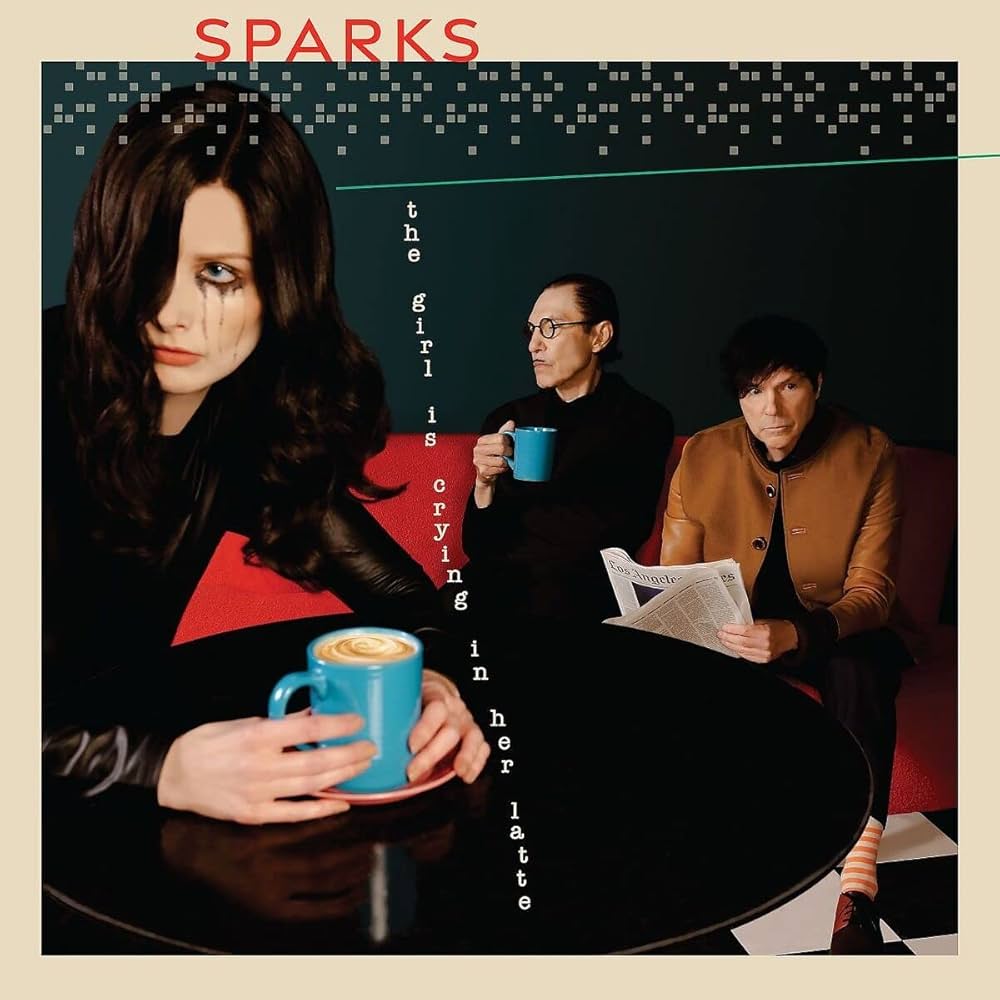
Signing with Island Records again nearly 50 years after the label released a few of their early albums, Sparks hit the jackpot with The Girl Is Crying in Her Latte, the band’s third consecutive album to peak at No. 7 on the U.K. charts. After the release of Annette and The Sparks Brothers, the Maels continued to shore up their support from the Hollywood elite, casting Cate Blanchett in the music video for the title track. Never a band to dilute themselves for mass appeal even when the spotlight is on them, Sparks experiment with harsher electronic textures all over the album, but they still turn tart, cantankerous sentiments into memorable hooks on “When You Leave” and “Nothing Is As Good As They Say It Is.” “The Maels’ combination of theatre, dance, prog, electronic, and yeah, pop continues to find fresh ways to entertain. Some songs have choruses, some don’t, most zig when you expect them to zag and every one of them sounds like well, Sparks,” Hal Horowitz wrote in the American Songwriter review of The Girl Is Crying In Her Latte.
18. In Outer Space (1983)

A young Jane Wiedlin was the president of an unofficial Sparks fan club in the ’70s. A decade later, when she was at the height of her fame as a member of the Go-Go’s, Wiedlin got to collaborate with her heroes, guesting on “Cool Places” and “Lucky Me, Lucky You” on In Outer Space. The former went into MTV rotation and became Sparks’s biggest American chart hit, peaking at No. 49 on the Hot 100. And at a full-circle moment when they were becoming unconventional teen idols for a second time, the Maels were writing songs like “I Wish I Looked a Little Better” and “Popularity” that tapped into the social anxieties of adolescence.
17. Lil’ Beethoven (2002)
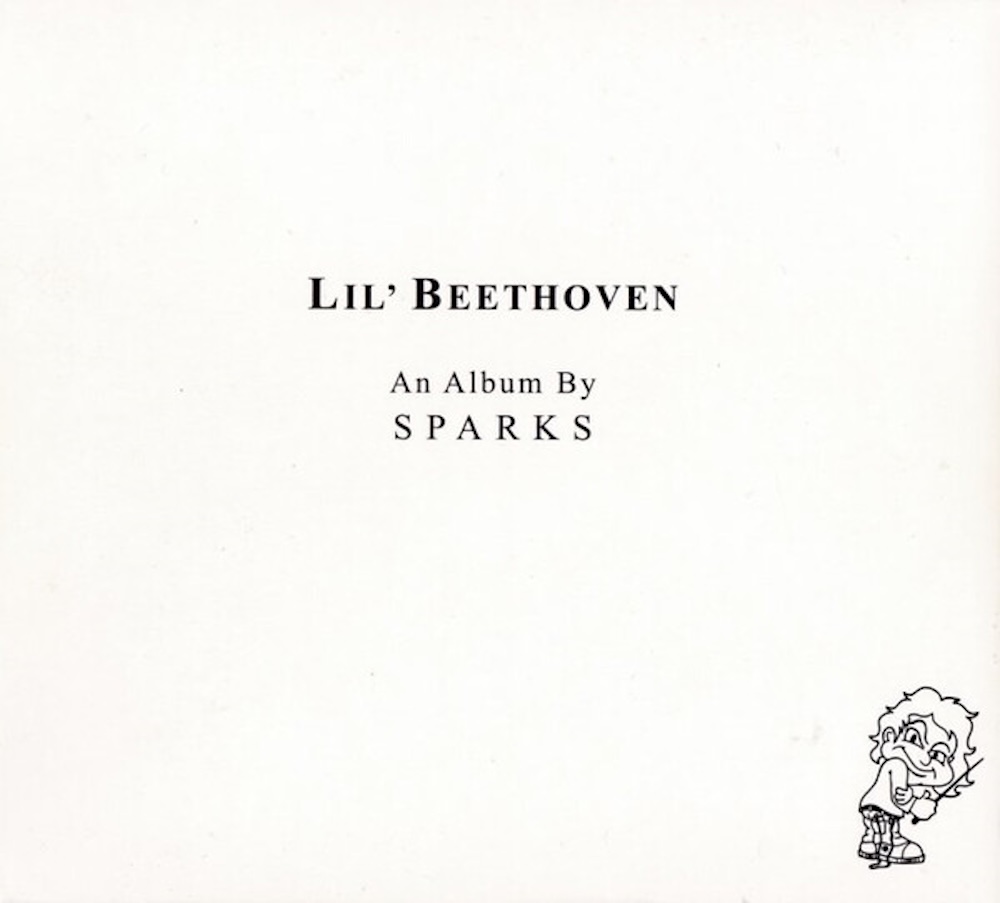
“Where did the groove go? Goodbye, goodbye, goodbye, goodbye. I am the rhythm thief,” Russell Mael sings on Lil’ Beethoven’s opening track, “The Rhythm Thief,” as a decidedly unsubtle statement of intent. After a couple decades of making records heavy on thumping beats, Sparks made a big, deliberate pivot to a more spartan keyboard-driven album, and the only percussion on many of the tracks on Lil’ Beethoven is timpani or xylophone. It still feels more like a pop record than a symphony, though, and it’s easy to imagine a four-on-the-floor kick drum beneath the insistently syncopated piano lines on “How Do I Get to Carnegie Hall?” and “Ride ‘Em Cowboy.” The band’s newfound obsession with hypnotic repetition becomes strangely transcendent on “My Baby’s Taking Me Home,” which consists primarily of Russell Mael singing the title phrase nearly 100 times over the course of five minutes. The Mael brothers launched their own label to release the album, widely considered the beginning of their late-career renaissance, and many subsequent Sparks albums and reissues have come out on Lil’ Beethoven Records.
16. Hello Young Lovers (2006)
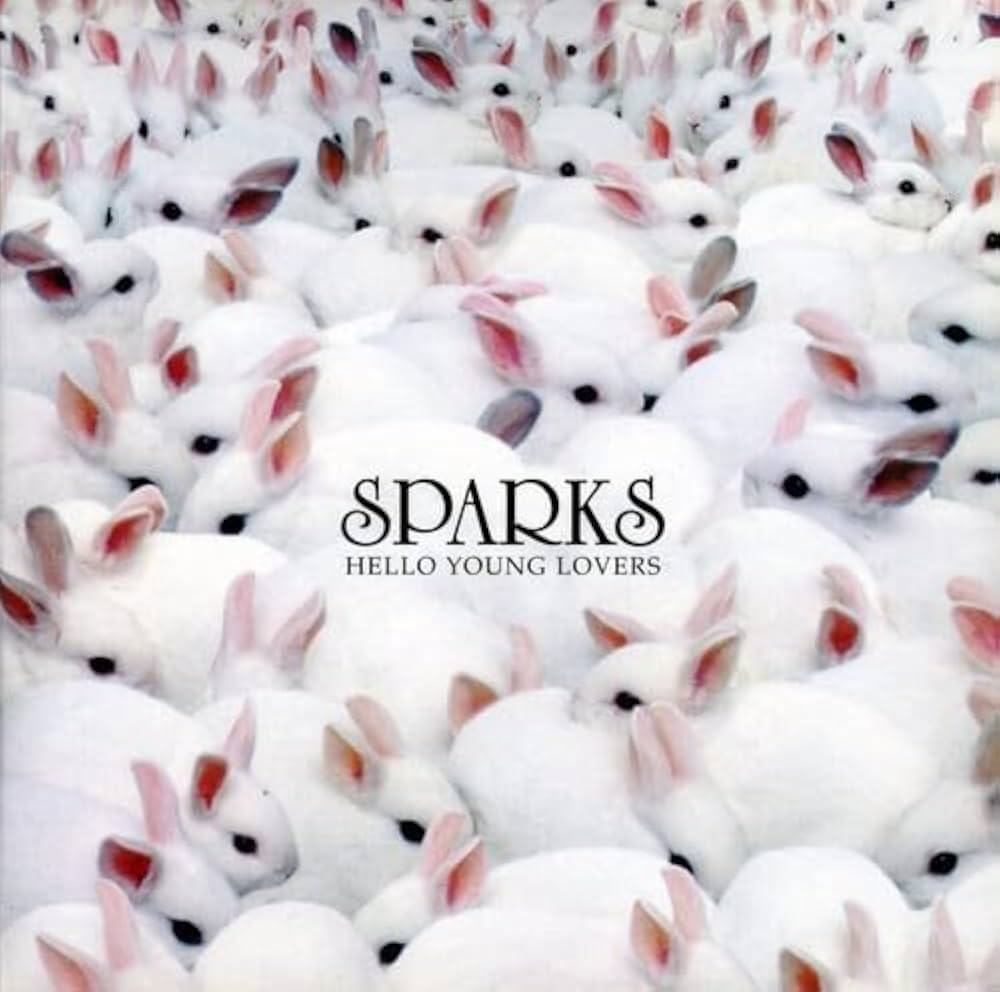
Hello Young Lovers very much follows the template of Lil’ Beethoven, but is livened up by a little more drums and guitar. The BBC briefly banned the single “Dick Around,” but put the song back in rotation after Sparks released a statement chiding broadcast censors for “rather childish objections to the title, an innocent reference to idle life.” The Maels share a songwriting credit with Francis Scott Key for quoting the national anthem on their finest piece of political satire, “(Baby, Baby) Can I Invade Your Country.” “It is brilliant, and at the same time strangely exhausting,” wrote Fergal O’Reilly in the Stylus review of Hello Young Lovers.
15. Introducing Sparks (1977)
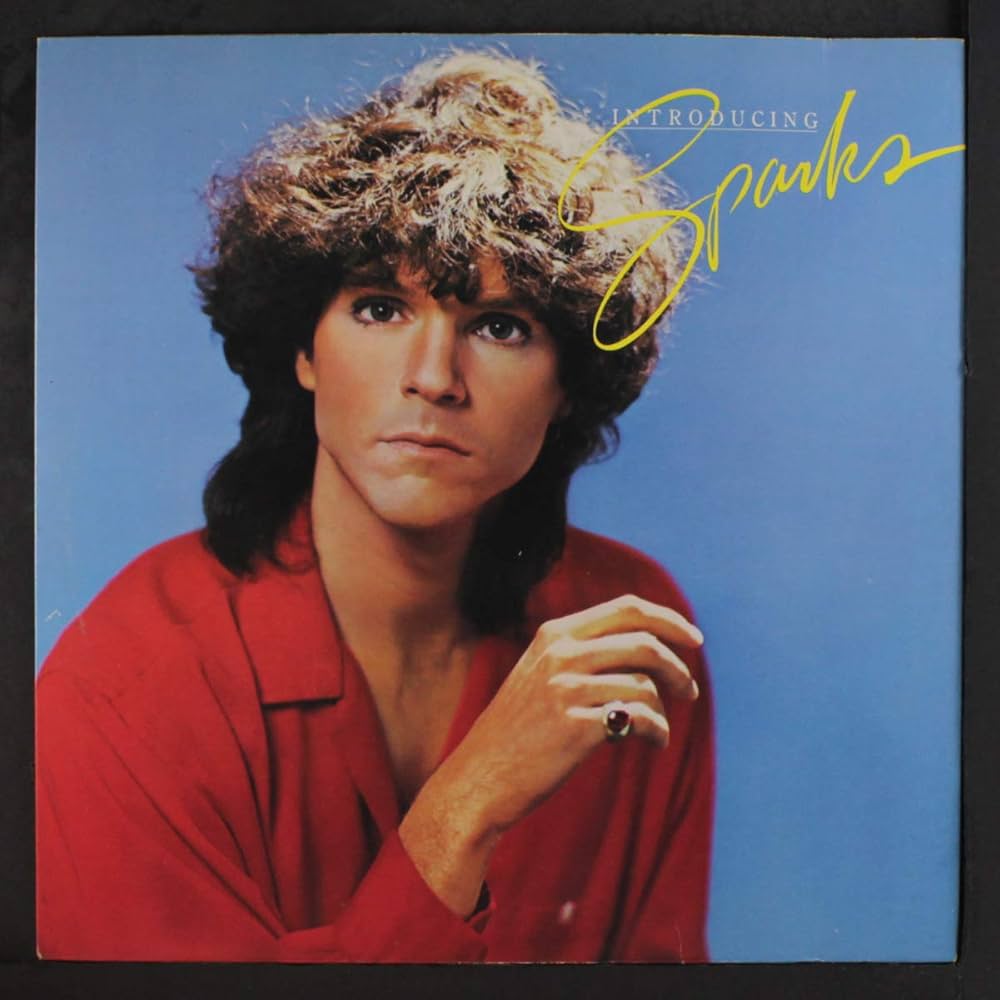
The members of Toto were some of the most ubiquitous session musicians of the ’70s and ’80s, appearing on hundreds of albums. One of them is Introducing Sparks, which both David Paich and Mike Porcaro played on after the Mael brothers shed the third rock quintet lineup of Sparks, and really began operating as a duo with a rotating supporting cast. The band’s low-selling seventh album probably wasn’t an introduction to Sparks for much of anybody. But it’s a relentlessly catchy and whipsmart album that eventually gained a following after going out of print for a couple decades, full of speedy rockers as well as the Beach Boys–inspired “Over the Summer.”
14. Gratuitous Sax & Senseless Violins (1994)
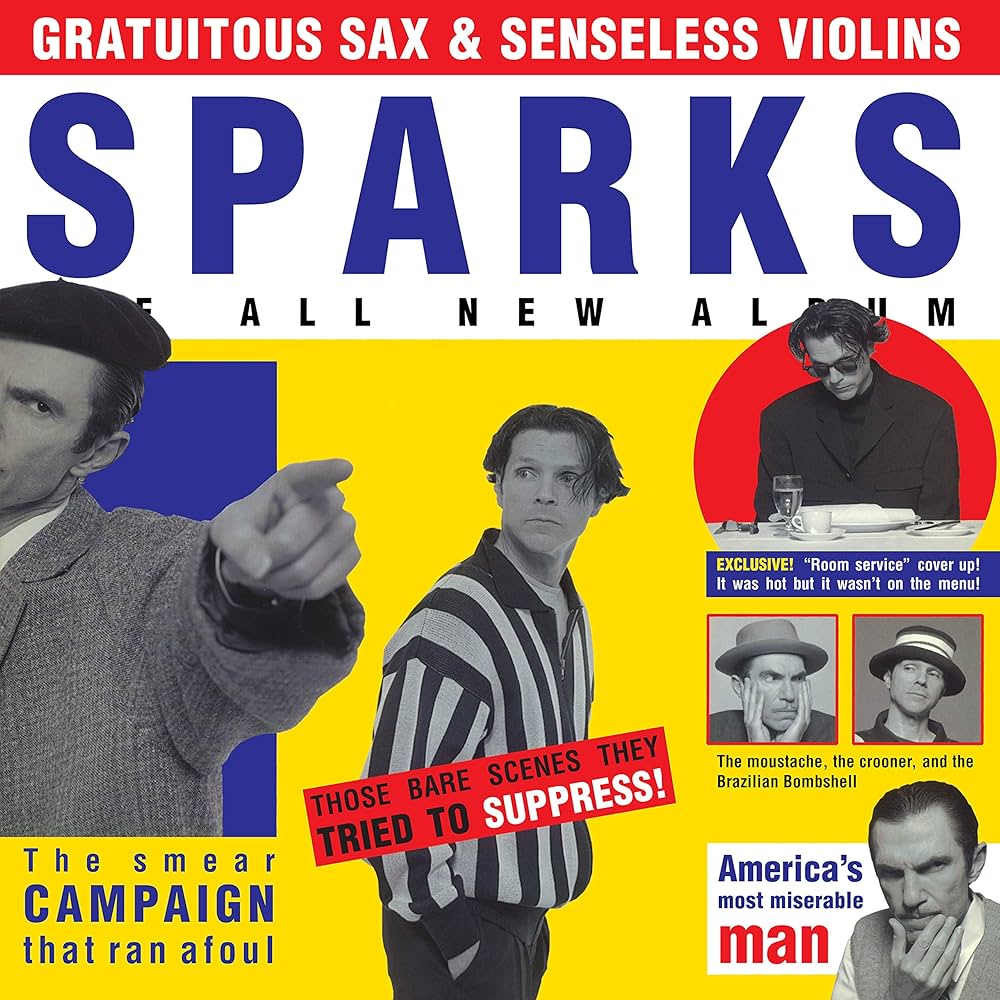
“When Do I Get To Sing ‘My Way’” now feels a little like a self-fulfilling prophecy, an autumnal anthem that looms as large over Sparks’s legacy as “My Way” did for Frank Sinatra. It was the most-played radio hit of 1994 in Germany and helped return Sparks to prominence after the band’s longest period of inactivity. And the distinctly European dance pop sound of Gratuitous Sax & Senseless Violins resonated all over the continent, with Sparks even opening for Blur at the height of the Britpop era in the summer of 1995. A variety of 20th century ghosts haunt the album alongside Sinatra, including Gone With the Wind, Liberace, and Charlie Parker, giving some pathos and thematic heft to the group’s slickest and most danceable album.
13. MAD! (2025)
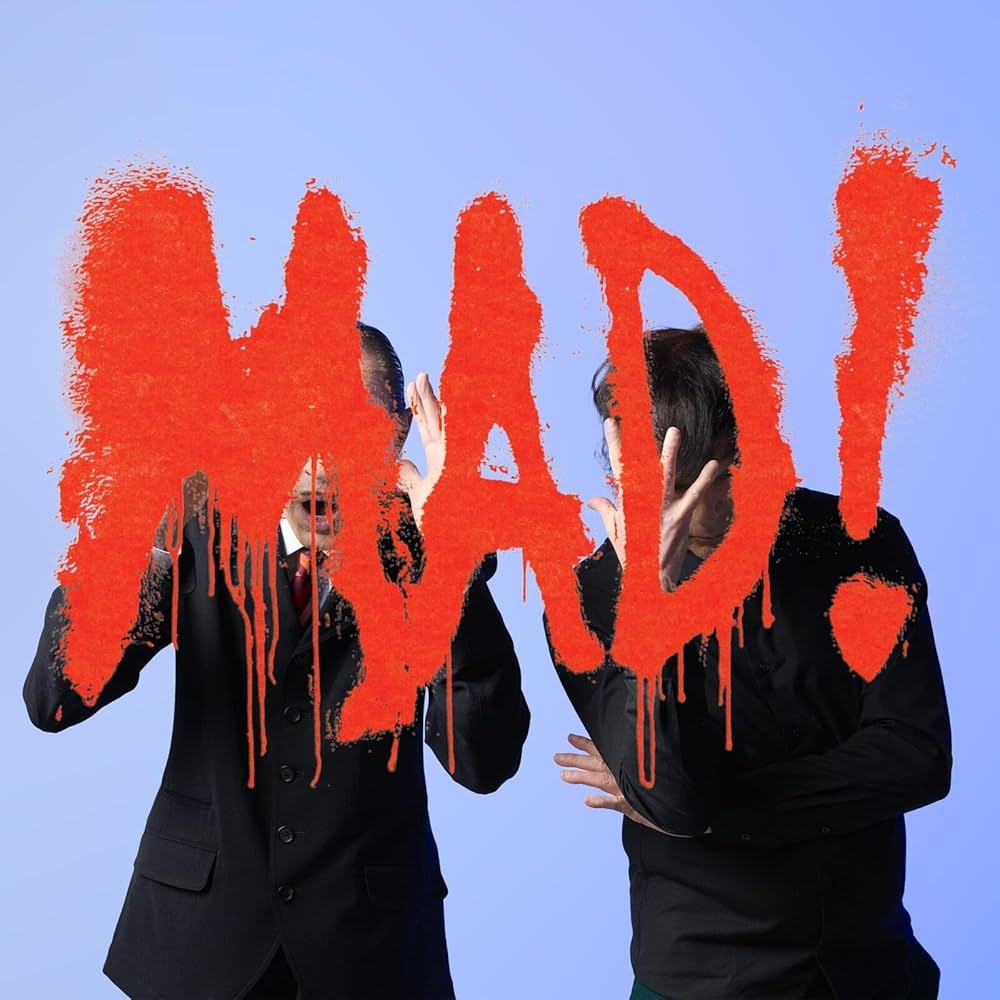
Most music legends still making records in their late 70s tend to have mellowed out a bit, but the first Sparks album for Transgressive Records has a few of the band’s best rockers in recent memory, with an almost heavy metal guitar tone backed by unpredictable drum machine patterns on “Hit Me, Baby.” As is often the case with Sparks, the lyrics with the most specific but trivial subject matter like “A Long Red Light” and “JanSport Backpack” have a way of lingering with you more than the songs with weightier themes.
12. A Woofer in Tweeter’s Clothing (1972)
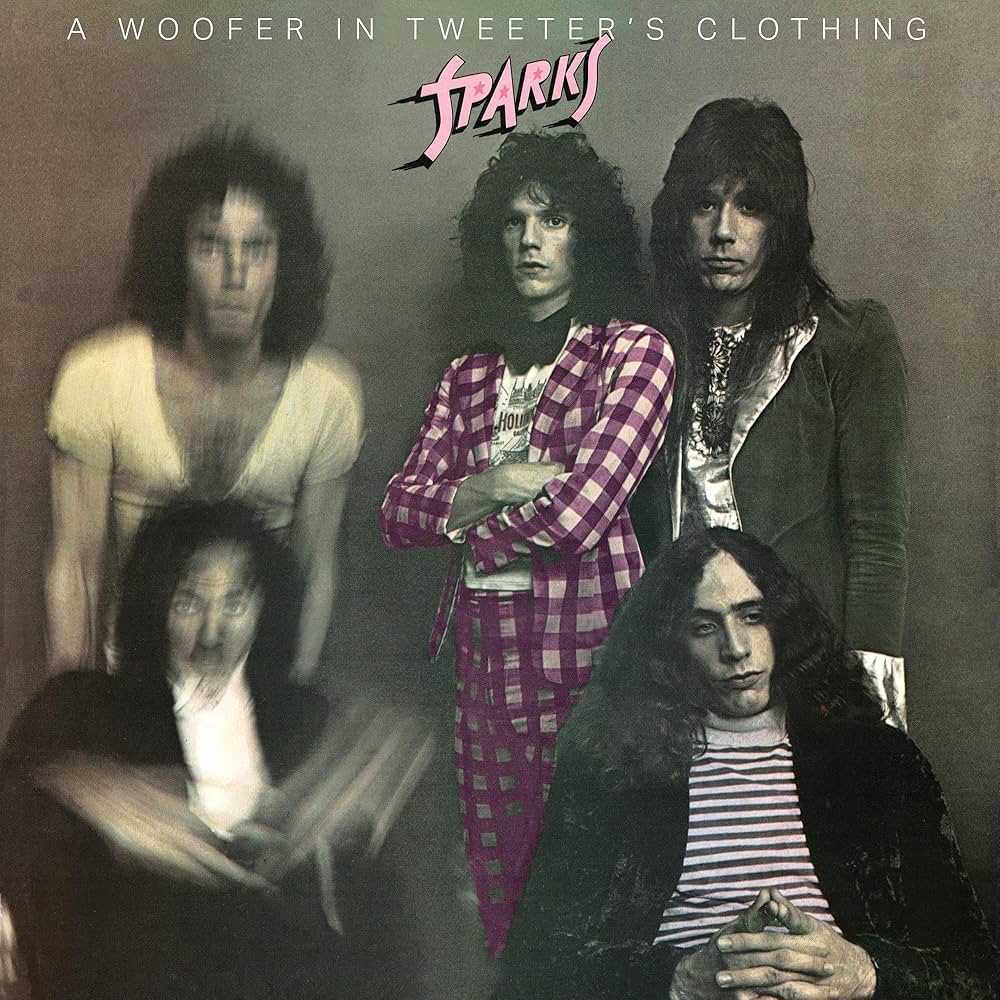
While Sparks regularly performs songs from their other early albums, their sophomore album A Woofer in Tweeter’s Clothing is rarely acknowledged in their setlists outside of the 2008 “Sparks Spectacular” series. It was a key moment in the band’s evolution, though, as they doubled down on their debut’s avant rock and incorporated influences from classical music (“Here Comes Bob”) and Broadway (a cover of The Sound of Music’s “Do Re Mi”). The band made its first trip to England in support of Woofer and began building a following with shows in London and an appearance on The Old Grey Whistle Test, and in retrospect the album sounds right at home alongside ’72 glam rock touchstones like T. Rex’s Slider and Roxy Music’s debut. “The imagination and humor in little nooks and crannies of this production make it a completely enjoyable recording,” Patrick Gillings wrote in the Syracuse New Times review of A Woofer in Tweeter’s Clothing.
11. Annette (Original Motion Picture Soundtrack) (2021)
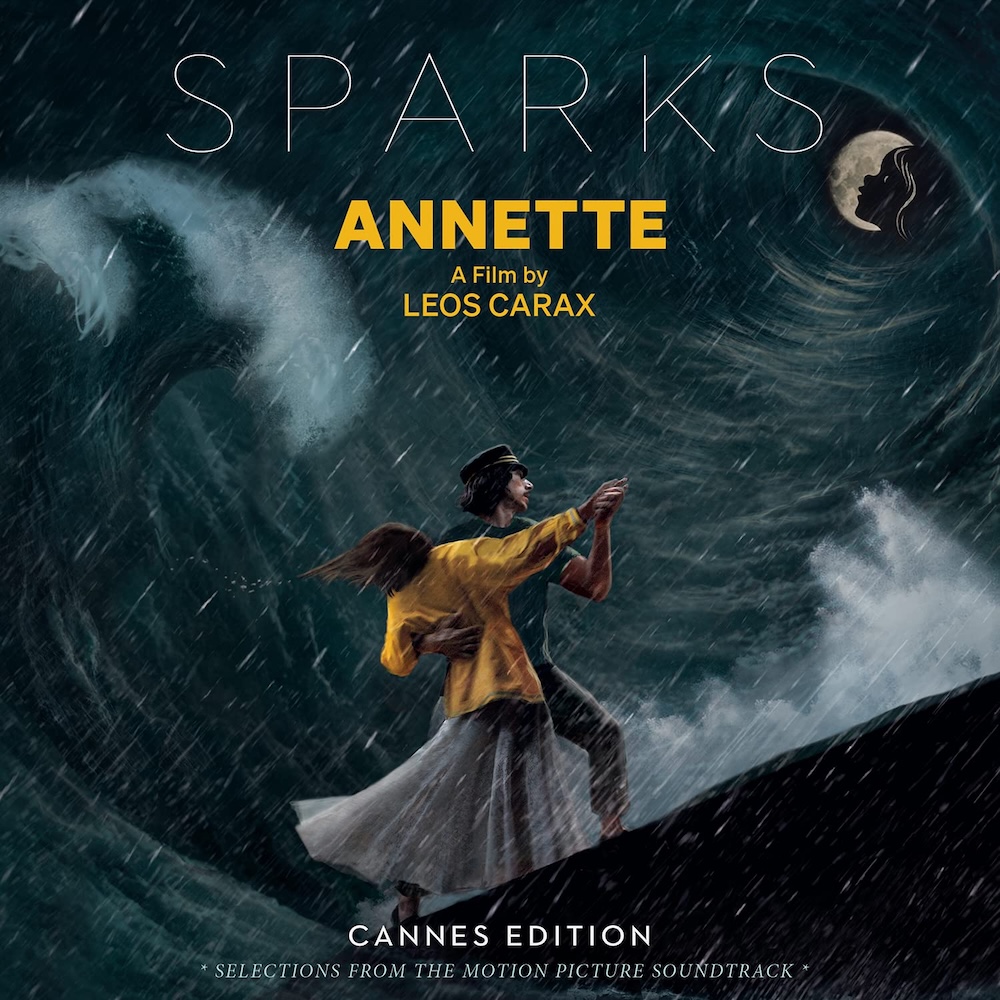
After fruitless attempts to make films with Jacques Tati in the ’70s and with Tim Burton in the ’90s, the Mael brothers finally got a movie off the ground with Leos Carax, the French director of Holy Motors and Pola X. Annette stars Adam Driver and Marion Cotillard as a comedian and an opera singer who marry and have a talented daughter named Annette, who’s portrayed by a marionette. The Maels came up with the story and co-wrote the screenplay with Carax, who won Best Director at Cannes, and Annette is perhaps the most wildly original movie musical of the 2020s. The soundtrack doesn’t entirely function as a standalone album without the context of the film, and Driver sings a lot more than Russell Mael (Sparks did release a collection of their original 2013 Annette demos in 2024). But “So May We Start” is an instant Sparks classic that’s become a frequent opening song at the band’s concerts.
10. Halfnelson aka Sparks (1972)
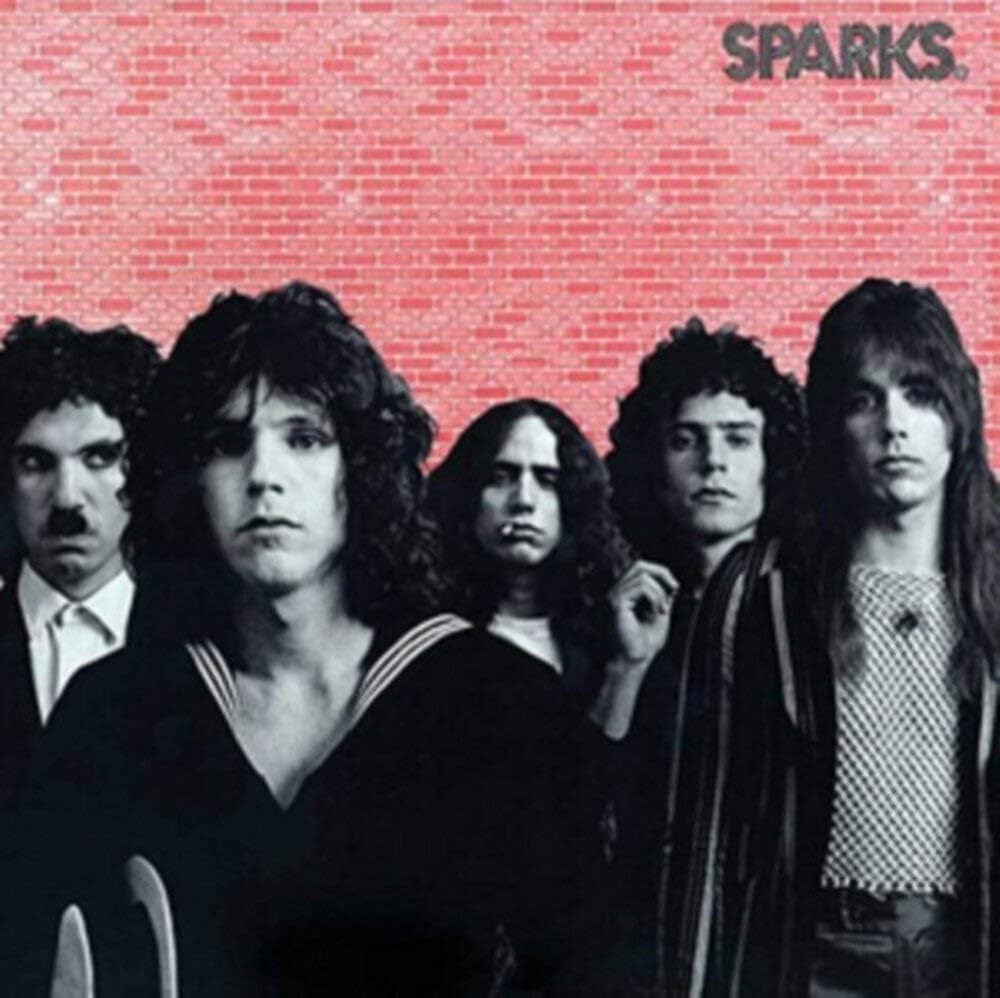
The Mael brothers began playing under the name Halfnelson with Earle and James Mankey and Harley Feinstein in 1968. When Halfnelson’s self-titled debut was released to public indifference, Bearsville Records decided to try marketing the group under a different name, and the album was re-released months later as the self-titled debut by Sparks. The Todd Rundgren–produced album still didn’t quite take off—“Wonder Girl” was a regional radio hit that narrowly missed the Hot 100—but the new name stuck. The band were in their own world from the start, playing percussion on a brass lampshade instead of a drum set on “Roger,” and Russell Mael already sang in some kind of mysterious accent that didn’t sound at all like someone who’d lived their entire life in California. Guitarist Earle Mankey would only be with the band for two albums, but he wrote and sang “Biology 2,” which may actually be more tweaked and bizarre than the Maels’ early songs.
9. Whomp That Sucker (1981)
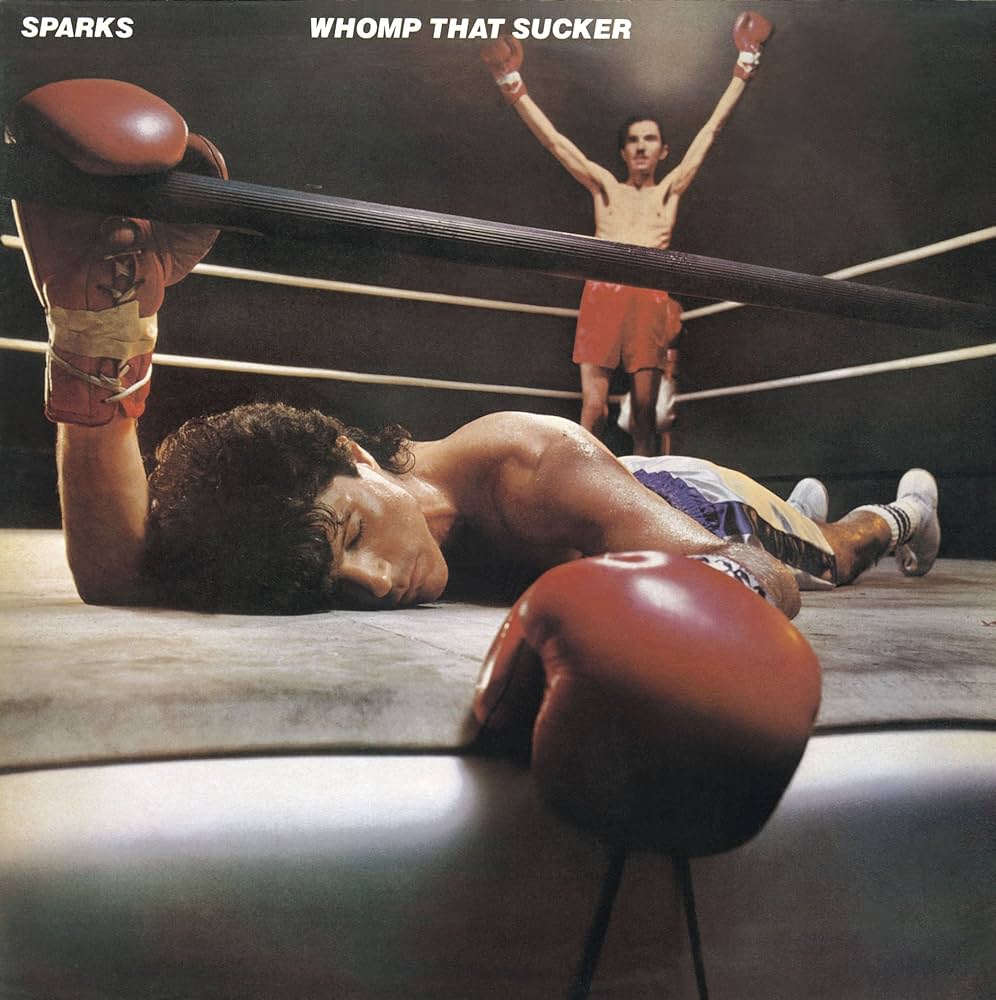
In 1981, Sparks lived at the intersection of rock and electronic music like perhaps no other group at the time. Russell Mael sang backing vocals on the Ramones’ Pleasant Dreams, while Ron Mael wrote all the lyrics for the Belgian dance group Telex’s album Sex. Whomp That Sucker is a product of that moment, recorded in Munich with Giorgio Moroder associate Reinhold Mack on production, and a new guitar-oriented lineup of Sparks featuring members of the Los Angeles band Bates Motel. The L.A. radio station 106.7 KROQ-FM had embraced new wave and was becoming a trailblazer in the format that would eventually be known as “alternative rock.” So for the first time, Sparks had the passionate support of a radio station in their hometown, and “Tips For Teens” began the band’s streak of KROQ staples. “In Sparks’ world, nothing goes right–the zit cream always comes off, and every transaction with the opposite sex quickly deteriorates into a comedy of errors with a nightmarish twist,” Parke Puterbaugh wrote in the Rolling Stone review of Whomp That Sucker.
8. FFS with Franz Ferdinand (2015)
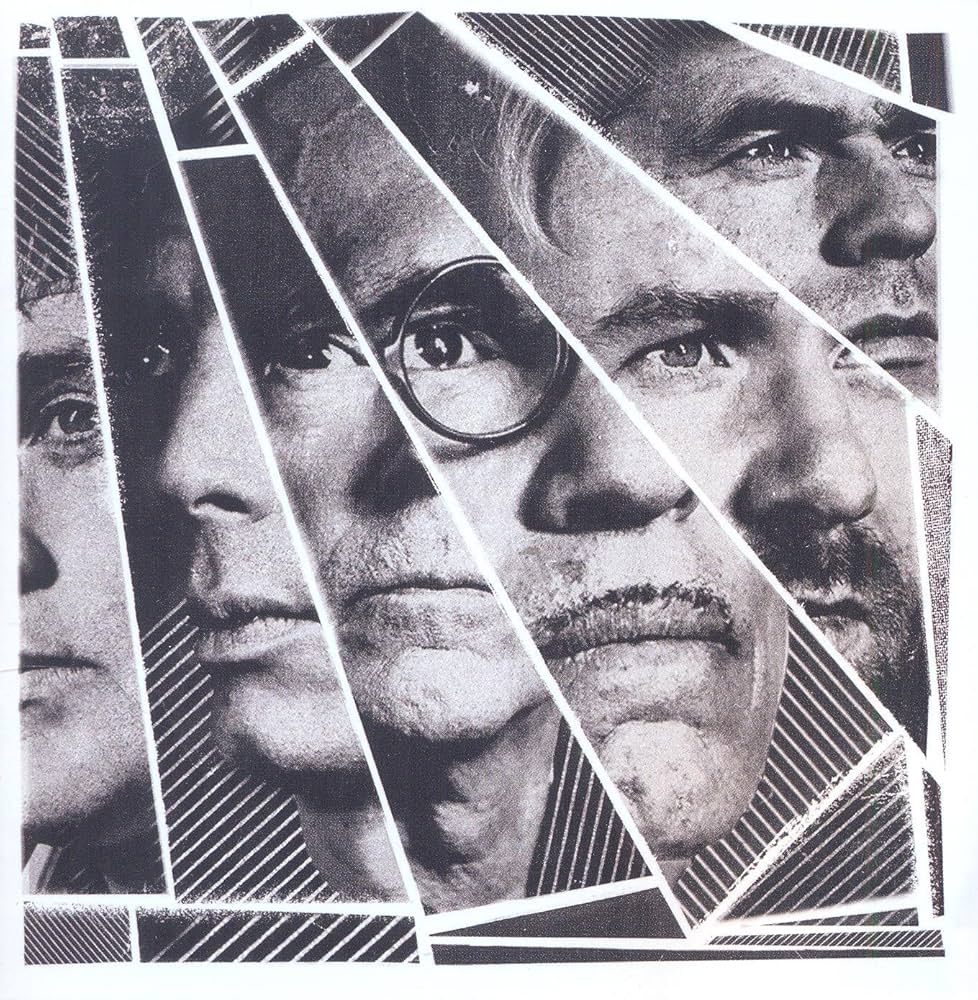
Sparks and Franz Ferdinand found that they were fans of each other, and first discussed making music together, shortly after the Scottish band scored a worldwide hit with 2004’s “Take Me Out.” It took nearly a decade for the two bands to hunker down and get to work, first on a song called “Collaborations Don’t Work.” And the album that Franz Ferdinand and Sparks made together, as FFS, is remarkable for how well it fuses the sounds and personalities of two established bands into songs like “Johnny Delusional” and “Piss Off” that were enjoyable for both casual and hardcore fans of either act. Franz Ferdinand frontman Alex Kapranos and producer John Congleton (St. Vincent, Cloud Nothings) managed to introduce Sparks to a new generation with a record that fits right into the contemporary indie rock landscape without diluting the Maels’ unique sensibility, and FFS added Scotland to the long list of places where Sparks has notched a Top 10 album.
7. Indiscreet (1975)
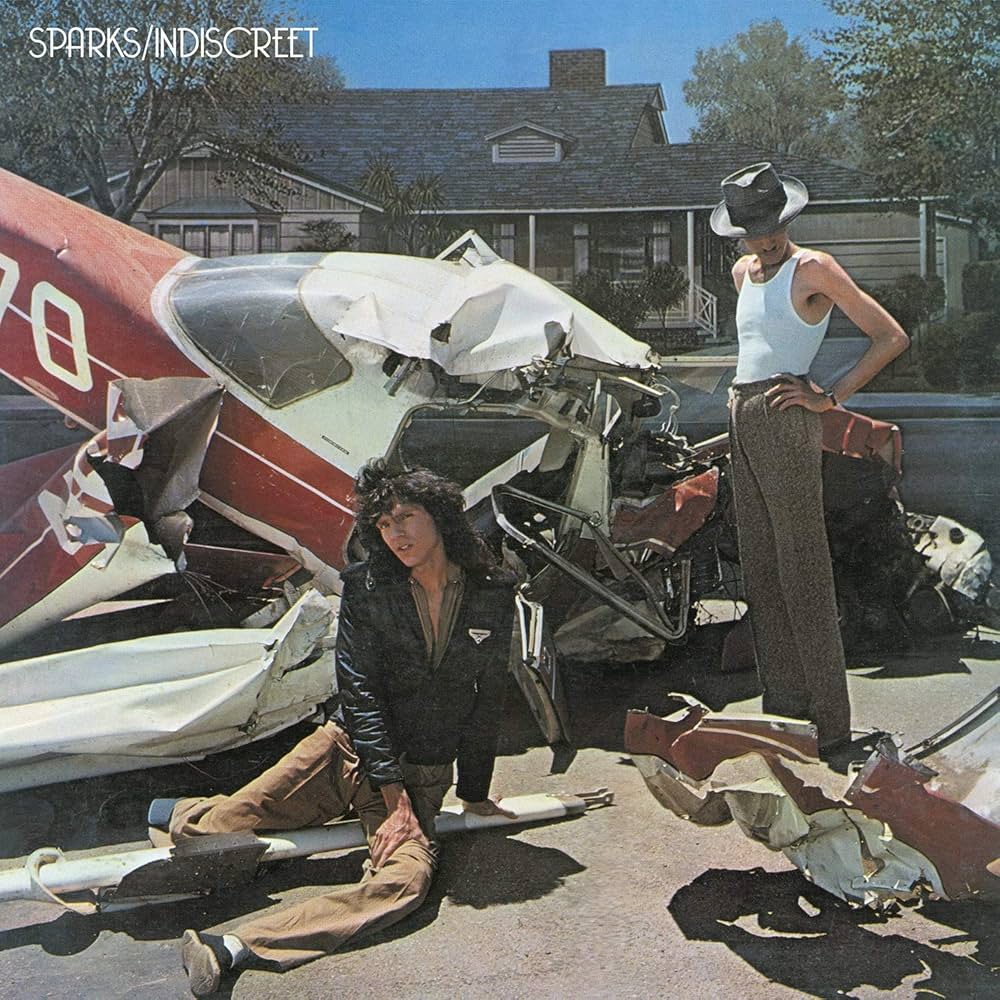
The only American who was more integral to the British glam rock scene than the Mael brothers was Tony Visconti, who produced most of David Bowie and T. Rex’s albums. When they worked together on Indiscreet, though, Sparks and Visconti swerved away from glam for a lavish, omnivorous album full of marching bands, string quartets, and swinging jazz rhythms. When Indiscreet isn’t playfully retro, though, “In the Future” leaps forward to an uncannily prescient sound that resembles the high-strung new wave that Sparks and many of their contemporaries would eventually be playing in the ’80s. It was a bold and creative album, but perhaps just a little too different from the band’s big 1974 albums, and Indiscreet underperformed on the U.K. charts, sending Sparks on a sharp commercial downturn.
6. Hippopotamus (2017)

After the success of the FFS experiment, the next proper Sparks album was perhaps their most conventional rock record since the early ’80s, at least in sound if not in subject matter. “Scandinavian Design” and “When You’re a French Director,” featuring a cameo by the Maels’ Annette collaborator Leos Carax, feel like perfect demonstrations of how Sparks can turn just about any niche topic into a naggingly catchy pop song. “Giddy Giddy” and the title track still feature some Lil’ Beethoven–style minimalism and repetition, but the more concise and dynamic material helped make Hippopotamus the band’s first Top 10 album in the U.K. in more than three decades. “Few bands will ever reach the half-century mark, and fewer still could manage that looking so blasé as Sparks. They watch time pass with wry distance, adopting musical fashions like visitors from a parallel dimension,” Chris Randle wrote in the Pitchfork review of Hippopotamus.
5. A Steady Drip, Drip, Drip (2020)
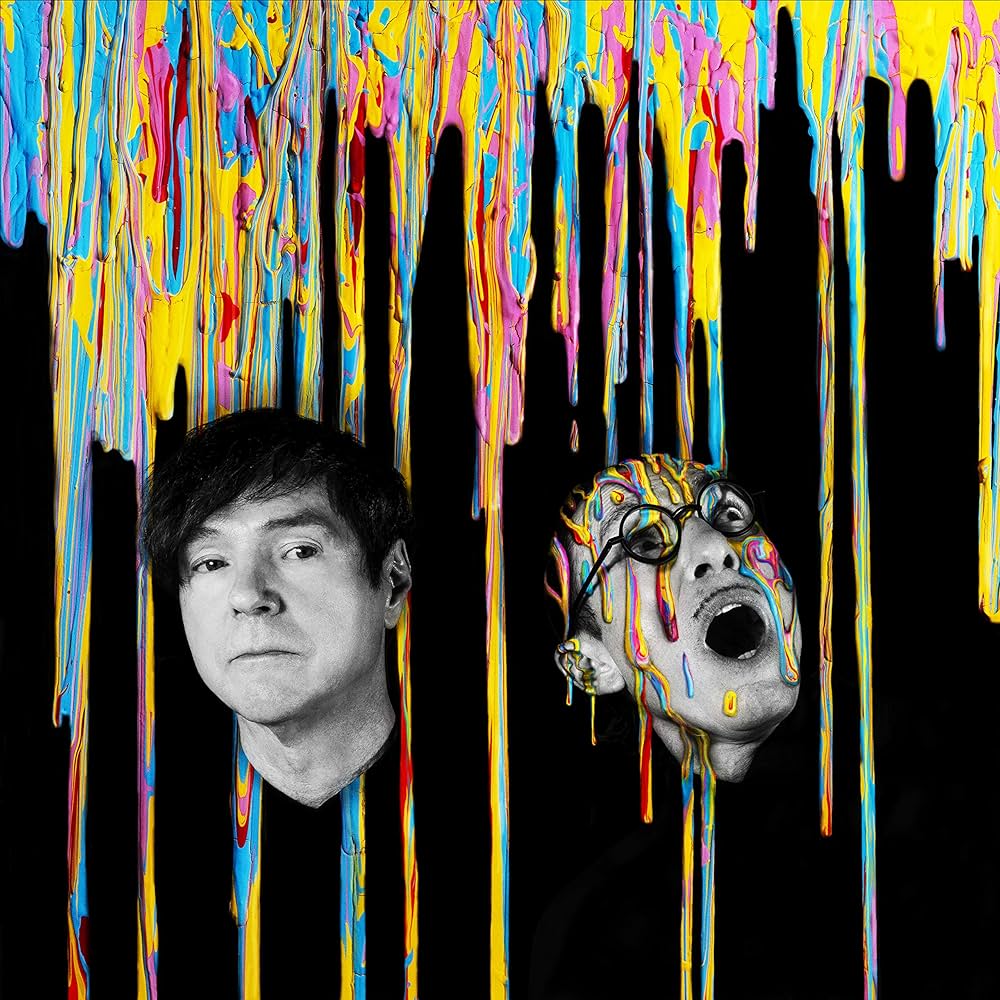
“Pacific Standard Time”contains the Sparks lyric that probably sums up the group better than any other: “Our inconsistency is our consistency/Our insincerity is our sincerity.” In fact, A Steady Drip, Drip, Drip is full of songs like “Self-Effacing,” “One for the Ages,” and the hilarious “Stravinsky’s Only Hit” that reflect, in a typically skewed Sparks fashion, on the life of an artist or public figure. It may feature more acoustic guitar than any other Sparks album, lending some welcome warmer textures to a record full of dry wit and prickly satire.
4. Propaganda (1974)
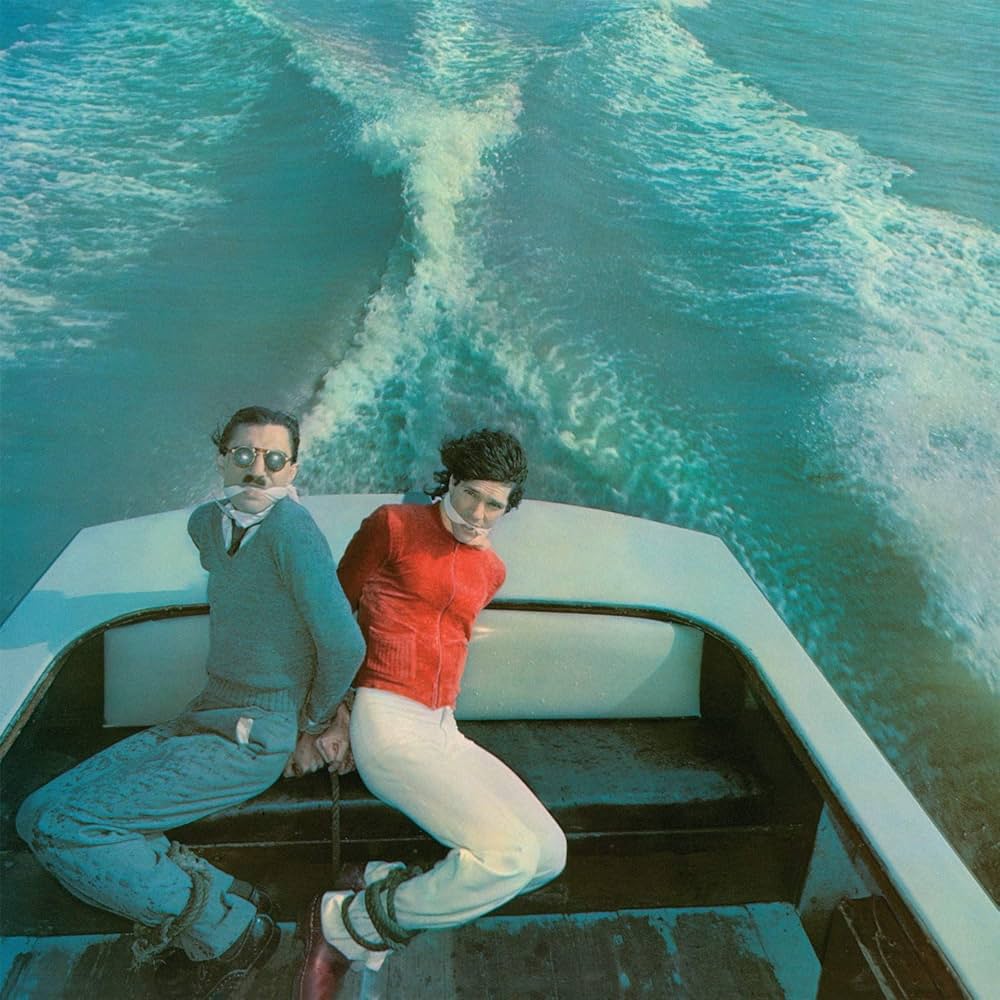
It can sometimes be hard to tell when the Mael brothers are serious and when they’re pulling your leg. But one subject that always seems to elicit authenticity from Sparks is their respect for our planet and its natural resources, a theme they first and most memorably explored on Propaganda’s baroque lead single “Never Turn Your Back on Mother Earth.” Released just six months after Kimono My House, Propaganda feels more like a sequel than one of their many abrupt reinventions, but that’s hardly a problem. Guitarists Adrian Fisher and Trevor White, drummer Norman “Dinky” Diamond, and bassist Ian Hampton may be the tightest band the Maels ever had, putting muscle and bombast behind whimsical songs like “At Work, At Home, At Play” and “Don’t Leave Me Alone with Her.” Propaganda was released at the height of the group’s popularity in the U.K., but it also remains their highest-charting album in America, peaking at No. 63 on the Billboard 200.
3. No. 1 In Heaven (1979)
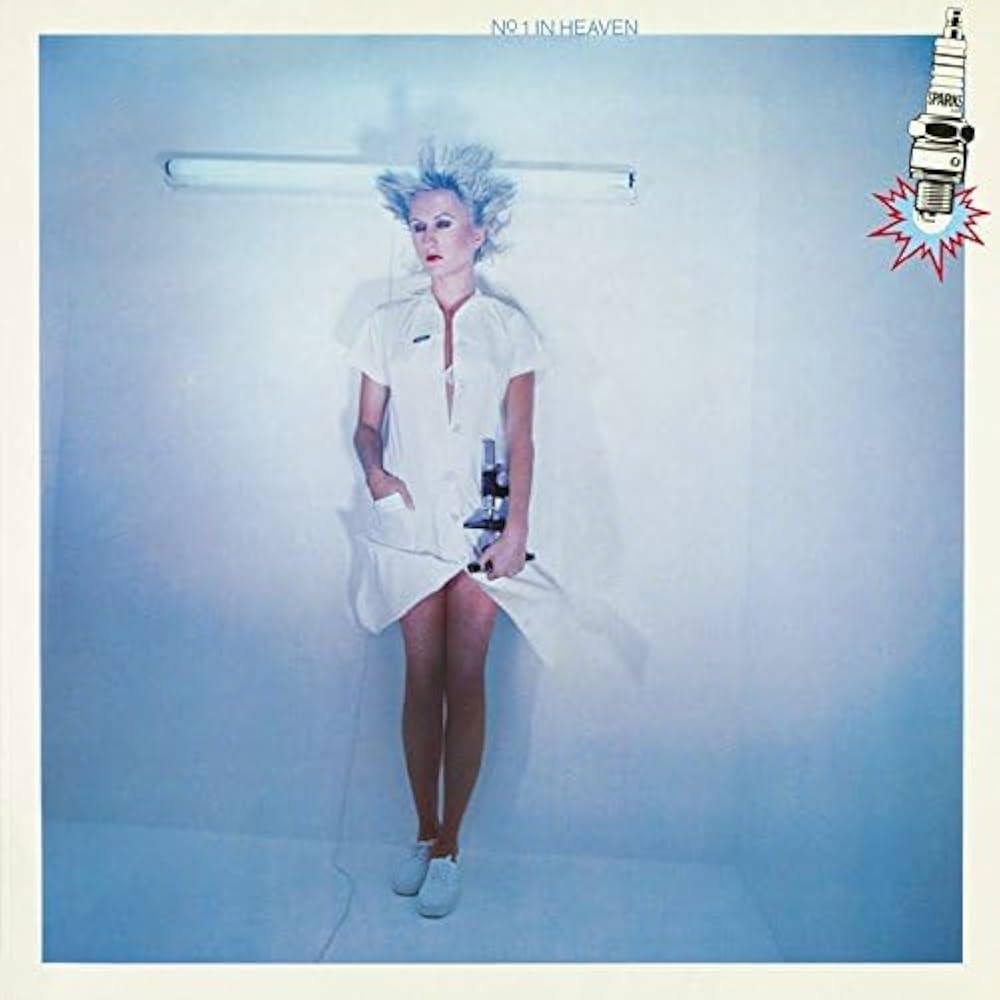
In 1979, Giorgio Moroder was in the middle of a legendary run of hits with Donna Summer, using cutting-edge synthesizers and sequencers to make mechanized dance tracks that built a bridge from disco to the hi-tech beat-driven pop of the future. And when Sparks, a rock band a few years removed from their last hit single, declared that they wanted to make their next album with Moroder, the Italian producer was game for the challenge. The result was six luxurious and weird extended grooves, assisted by drummer Keith Forsey’s spirited drumming, that put Russell Mael’s reedy croon in place of Donna Summer’s disco diva theatrics, to surprisingly great effect. “Anglophilia’s favorite androids were destined from day of manufacture to meet up with some rock technocrat or other, so thank Ford it was Giorgio Moroder, the most playful of the breed,” Robert Christgau wrote in the Village Voice review of No. 1 In Heaven.
2. Angst in My Pants (1982)
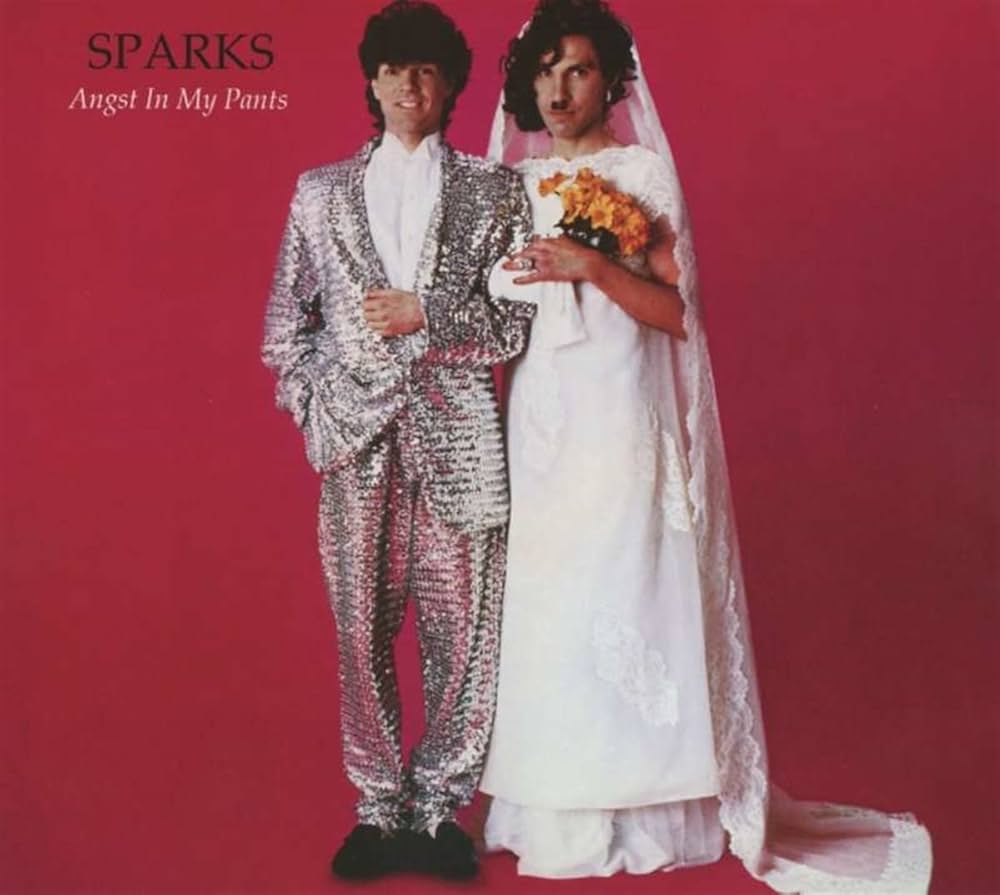
Sparks debuted in 1972, the same year as the Eagles and Styx, but by the time they finally started to gain traction in America a decade later, they seemed like more natural peers of younger, weirder bands like the B-52’s and Oingo Boingo. Six weeks after releasing Angst in My Pants, Sparks appeared on Saturday Night Live, performing “Mickey Mouse” and the hilarious “I Predict,” their first song to break into the Hot 100. Ron Mael’s famous facial hair got a theme song, “Mustache,” that acknowledges the discomfort some felt with its resemblance to a certain infamous dictator: “When I trimmed it real small, my Jewish friends would never call.”
1. Kimono My House (1974)
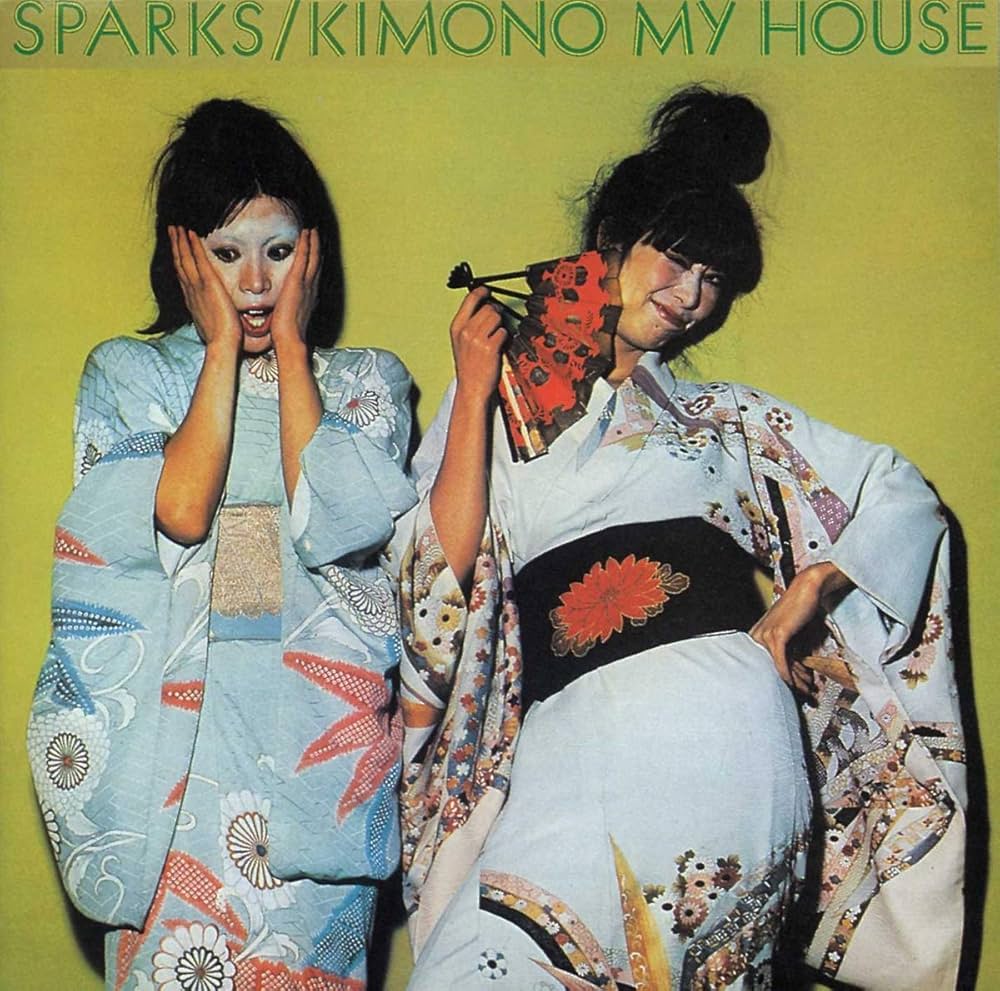
The first time Sparks went to London in 1972, they played a few shows with a young opening band called Queen that hadn’t released a record yet. When the Maels relocated to the U.K. a year later, they even tried to hire Brian May for the new lineup of Sparks. Listening to the campy, almost operatic moments and sudden pivots to anthemic rock in their biggest U.K. hit “This Town Ain’t Big Enough for Both of Us,” it’s hard not to wonder just how much Sparks and Queen influenced each other in the ’70s. Of course, now it feels like their very different career trajectories feel natural and almost inevitable, but for a moment, Sparks were bona fide pop stars in England. And all it took was moving halfway around the world, putting together a new band, and writing tight, witty, endlessly entertaining songs like “Amateur Hour” and “Thank God It’s Not Christmas.” And even outside England, Kimono My House became a cult classic, influencing everyone from John Frusciante and Thurston Moore to Bjork and Mark Mothersbaugh.
To see our running list of the top 100 greatest rock stars of all time, click here.
Link to the source article – https://www.spin.com/2025/06/every-sparks-album-ranked/
-
Guitar Effects Interface Adapter Converter Link for iPhone Touch …$9,99 Buy product
-
Army,Scout,Sea Cadet Bugle +Mouthpiece$45,00 Buy product
-
Dean EQA Exotica Quilt Ash Acoustic-Electric Guitar, Gloss Natural$419,00 Buy product
-
Best Choice Products 30in Kids Acoustic Guitar Beginner Starter Kit with Electric Tuner, Strap, Case, Strings – Blueburst$54,99 Buy product
-
Yamaha P125A, 88-Key Weighted Action Digital Piano with Power Supply and Sustain Pedal, Black (P125AB)$749,99 Buy product
-
RockvilIe 18″ Replacement Sub Driver for Electro-Voice ELX200-18S Subwoofer$114,95 Buy product







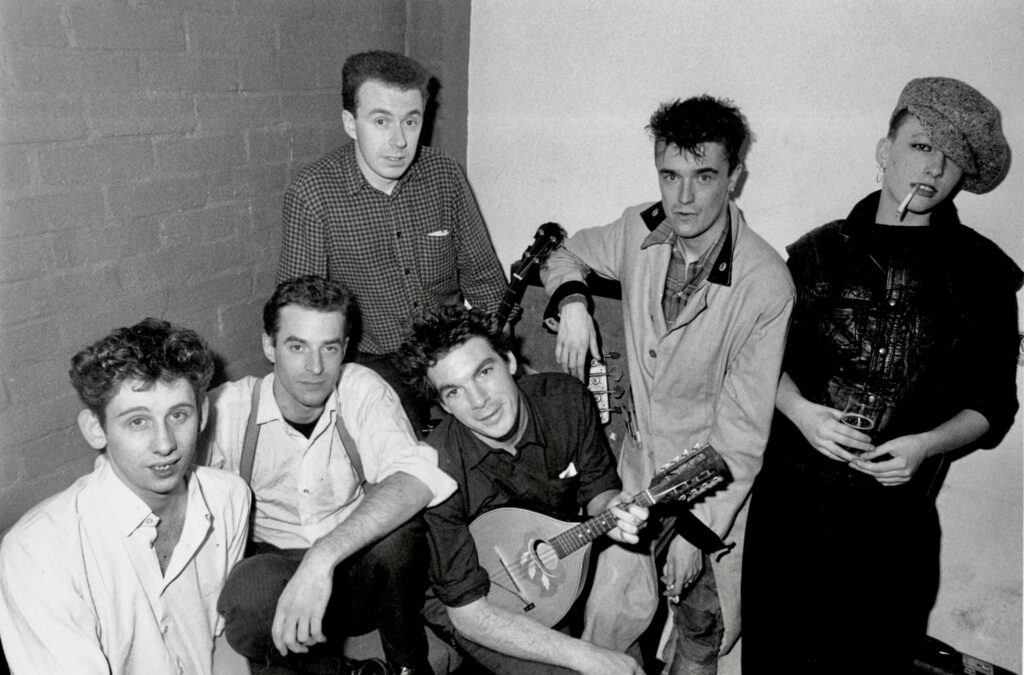
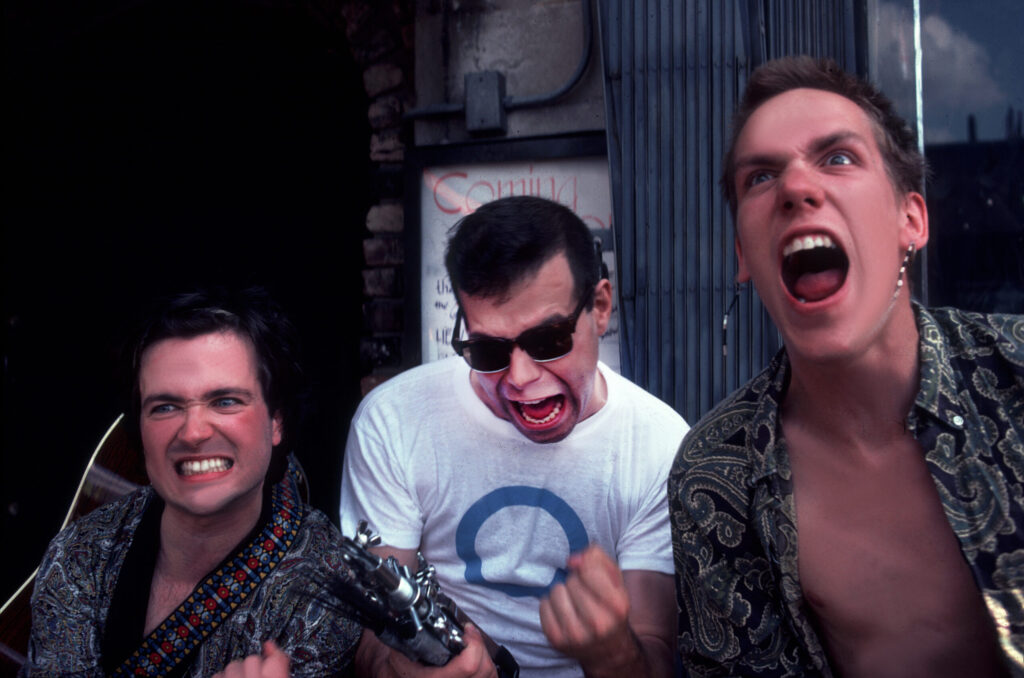

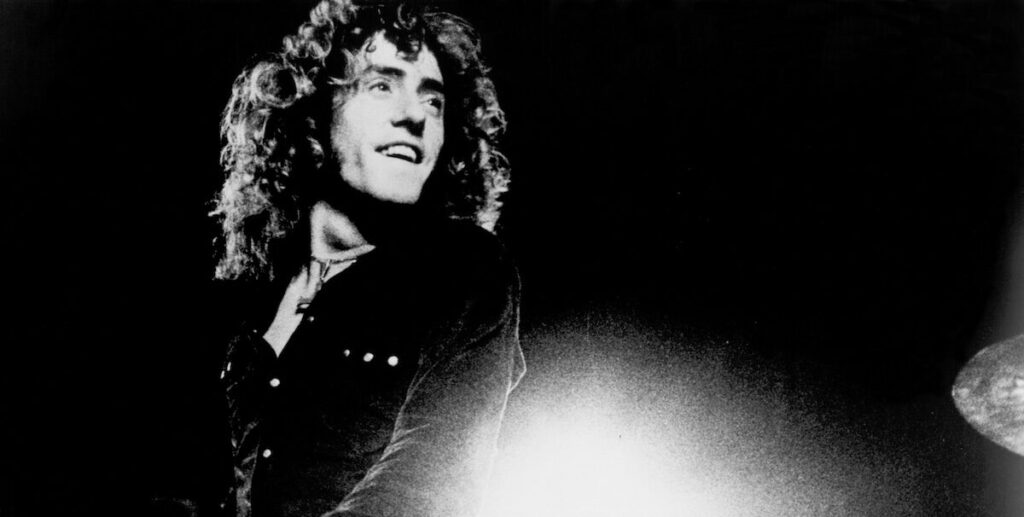
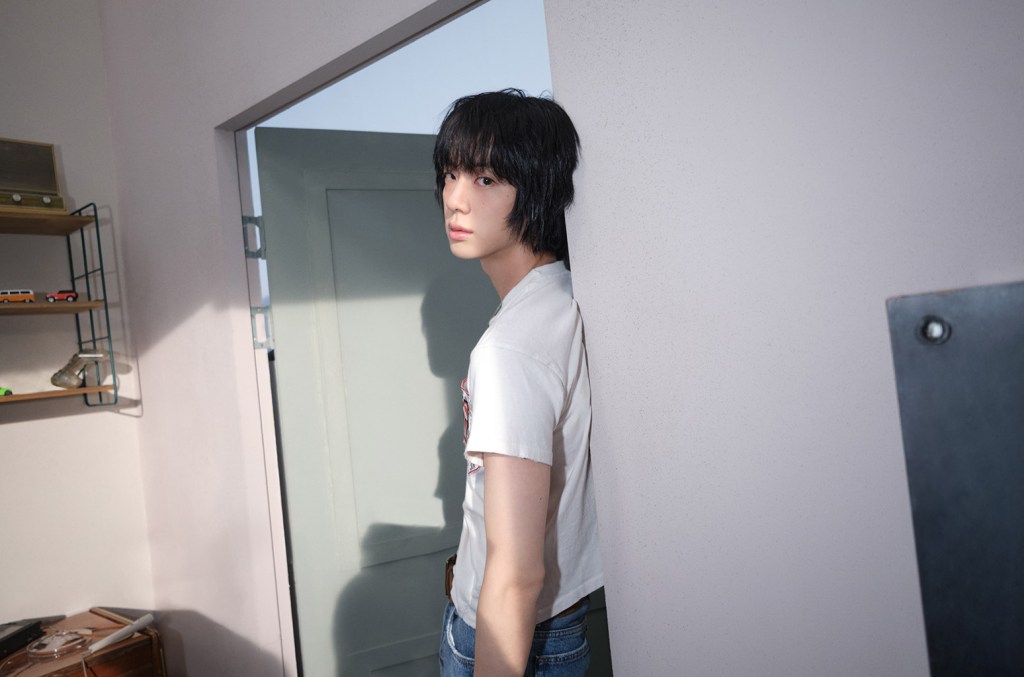
Responses